All text and images that follow are copyright 2013 and are not to be used without my written permission. This is going to be a long post. In fact, It's going to be several long posts over several nights in order to get it all done. It took me some time to find one of these scopes complete and in working order. While I was looking for one, I was also trying to find out as much information about them as possible and I quickly found out that there is precious little information available online. The Eltro B8V is essentially a product improved Vampir (technical name Zielgerät 1229) which the Germans had designed in late WWII. While no photographic images exist of the Vampir in actual combat use, it is believed to have been issued on a limited basis for combat trials very late in the war. Whatever the case, they were produced and working examples survived the war intact and were tested by the allies. The Eltro works on exactly the same principle as the Vampir is VERY similar in appearance. That fact alone made me want one for a very, very long time....it's just COOL looking!!!! While I know that all functions on this unit work, I don't know how well they work at night in a dark area yet because, while it came with a battery for the IR illuminator (not the original), it is so old that it is completely toast. The proper battery was a 6V 15Ah. 6V 14Ah batteries are dirt cheap, readily available and will work just fine. Once the weather warms up a bit, I'll source one of those and fire it up in the woods somewhere giving it a proper test. I have a Czech NSP-2 (the Warsaw Pact equivalent to the Eltro) and it works just fine out to about 100 meters; the limiting factor being the illuminator. Given a larger illumination source (such as a vehicle mounted IR searchlight) the NSP-2 will work out to a very long range. I have every reason to expect that the Eltro will not only match but exceed the performance of the Czech unit.....time will tell. The B8V scope itself uses a plain ol' 1.5V "C" battery so I was able to try it out immediately. I was impressed to say the least. Image distortion is unnoticeable and there is no noise in the image. On a sunny day, it's VERY clear....probably clearer than a Z51 (the three tier Gen1 unit that replaced the Eltro). At night, it actually has some gain; enough that you can use it in a suburban area with no illuminator and it will work just fine. I would have never expected that out of a Gen0 unit; proof that the Germans built some serious Quality equipment when they were using these back in the day. I still don't know when they actually started building the B8V and I don't even know when this particular one was built because it isn't dated. That surprised me because the Germans are unusually anal about such things. Someone wrote "10./79" on the battery case in red so that might give some indication of age but that is just a guess. Anywho, the whole point of this picture essay is to provide a research point for others and hopefully provide some decent online information, especially of the photographic variety, about these interesting scopes. So let me get down to work. There is a lot of stuff to cover so each post will cover a different bit of the whole kit. First off is the case. It is made of painted fiberglass and is the exact same size as the later Z51 scope case. Script on the case is printed on clear labels which were then attached to the case.
Top of lid (the extra label was put there by UPS):

Bottom:
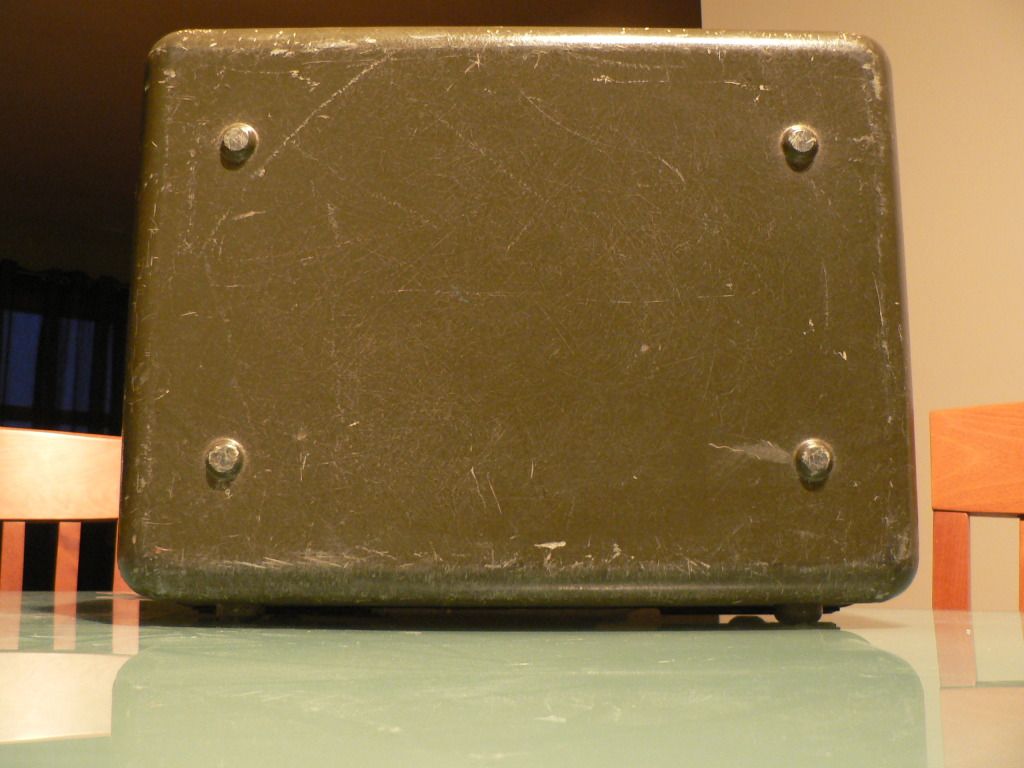
Rear:
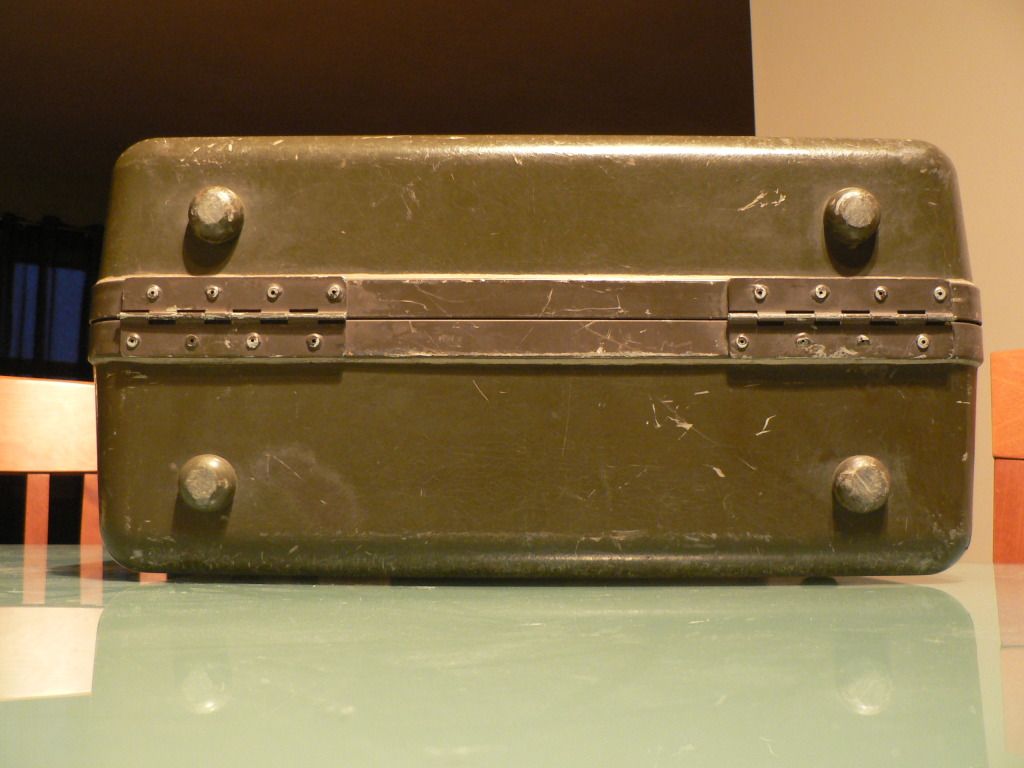
Both sides:
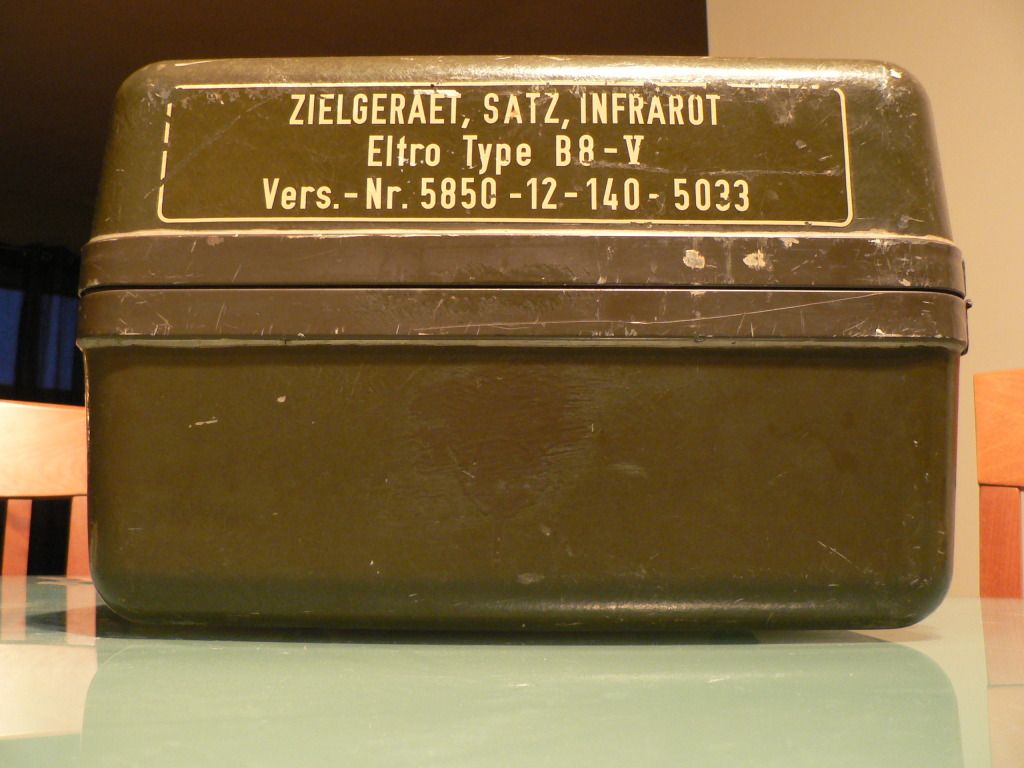
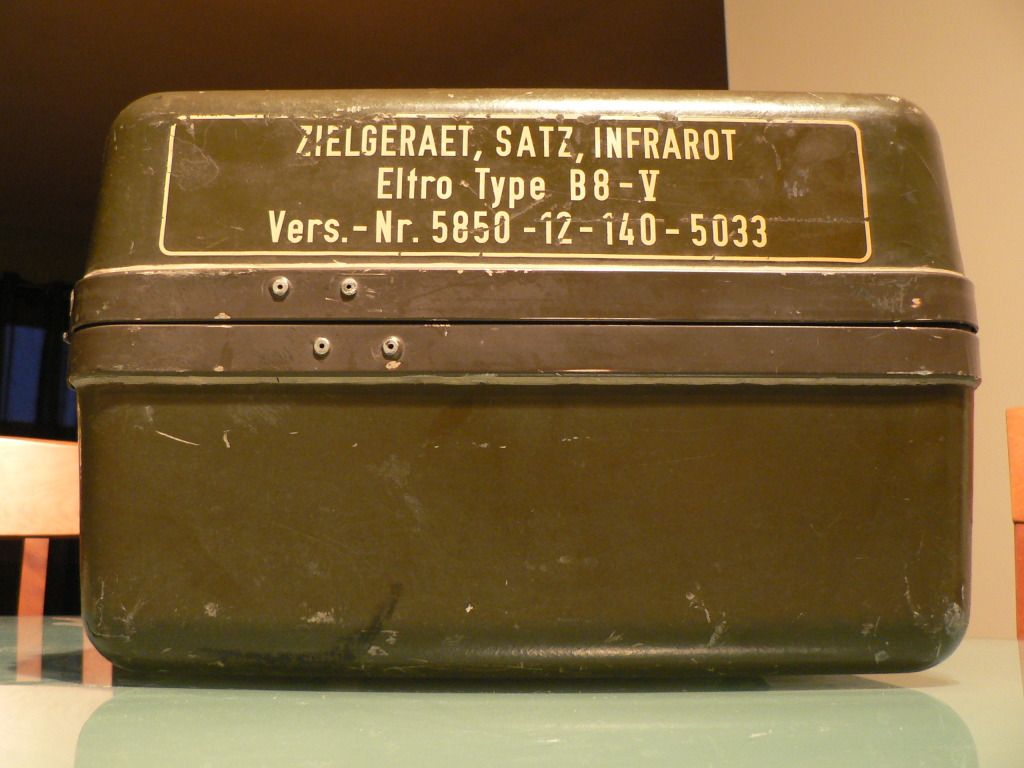
Front:
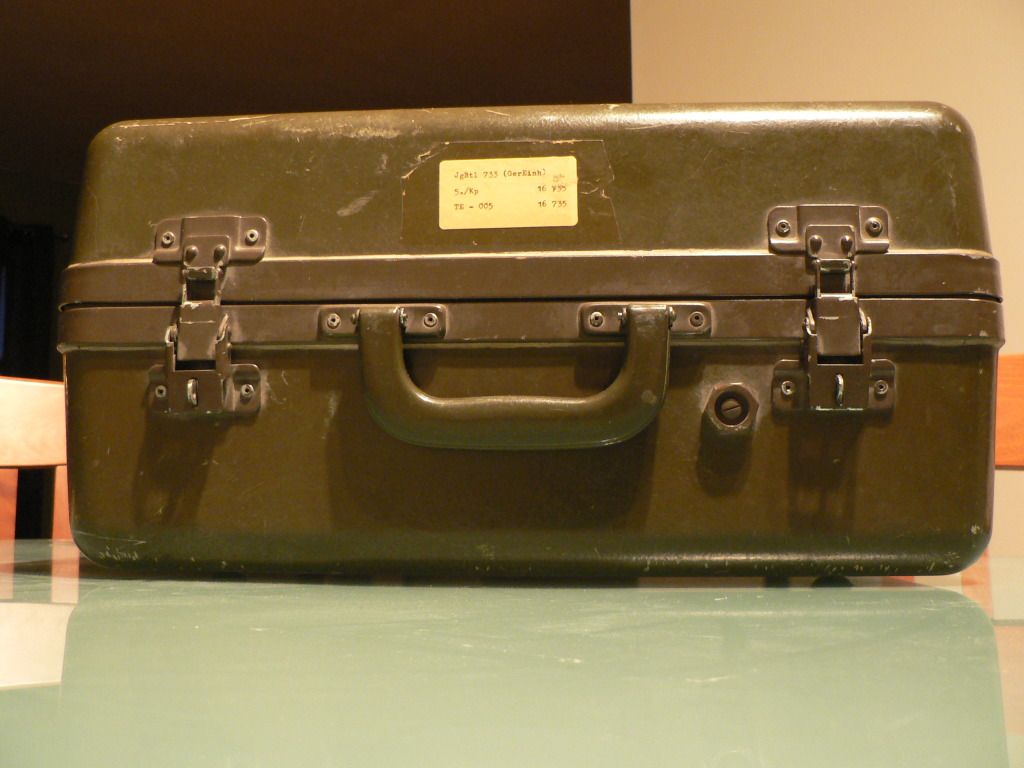
Detail of label attached on front. It was issued to Jager Battalion 733 what the other information on the label is I don't know yet:
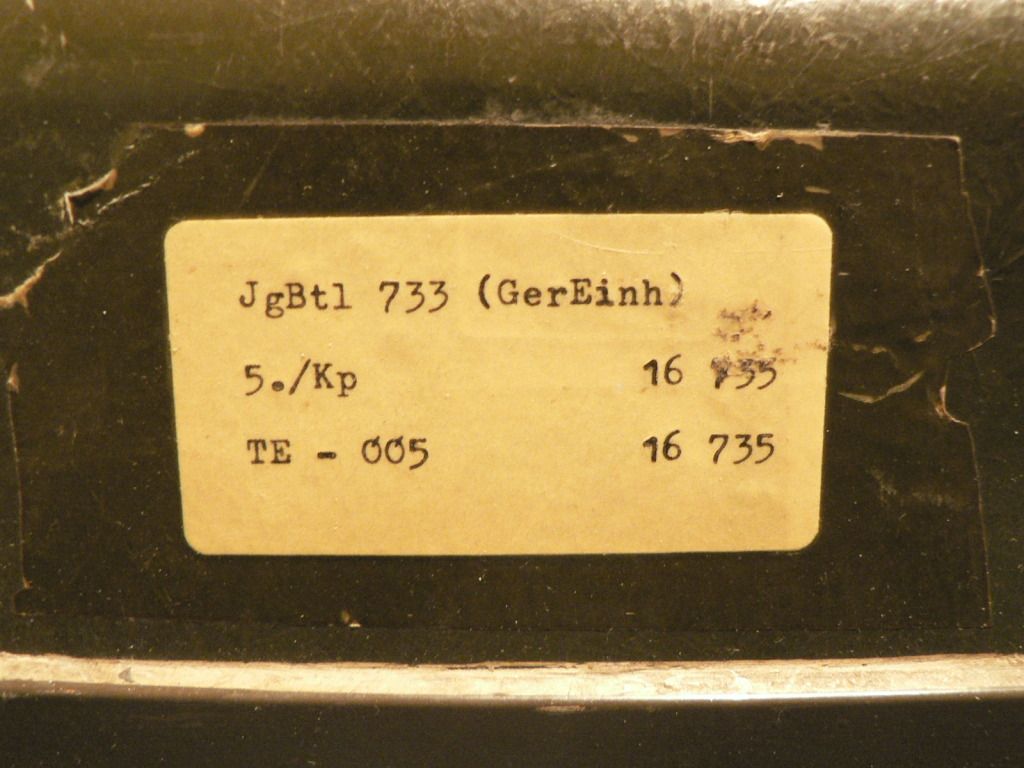
Now we open up the box. The cushion material is foam just like you commonly see in hard rifle cases but they built it up of multiple layers. I guess that was to keep it firm? I don't know for sure. Here's the inside of the lid:
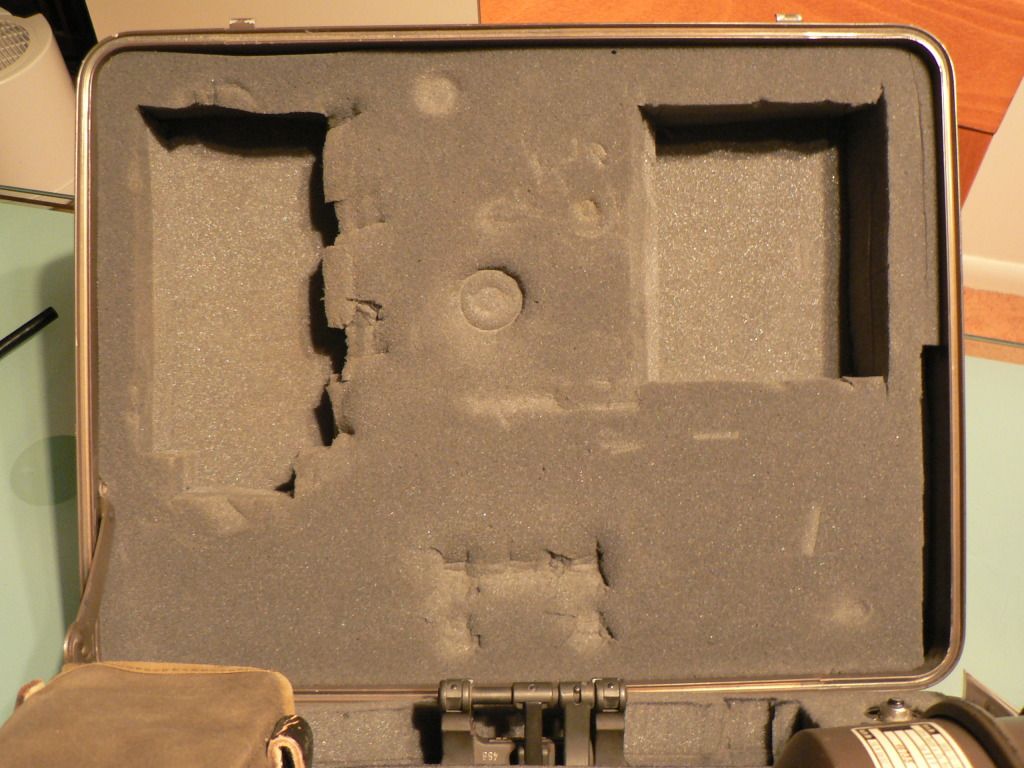
And the lower with all the goodies inside. There is a lot of schtuff in there but I'll go through it bit by bit in a little while:
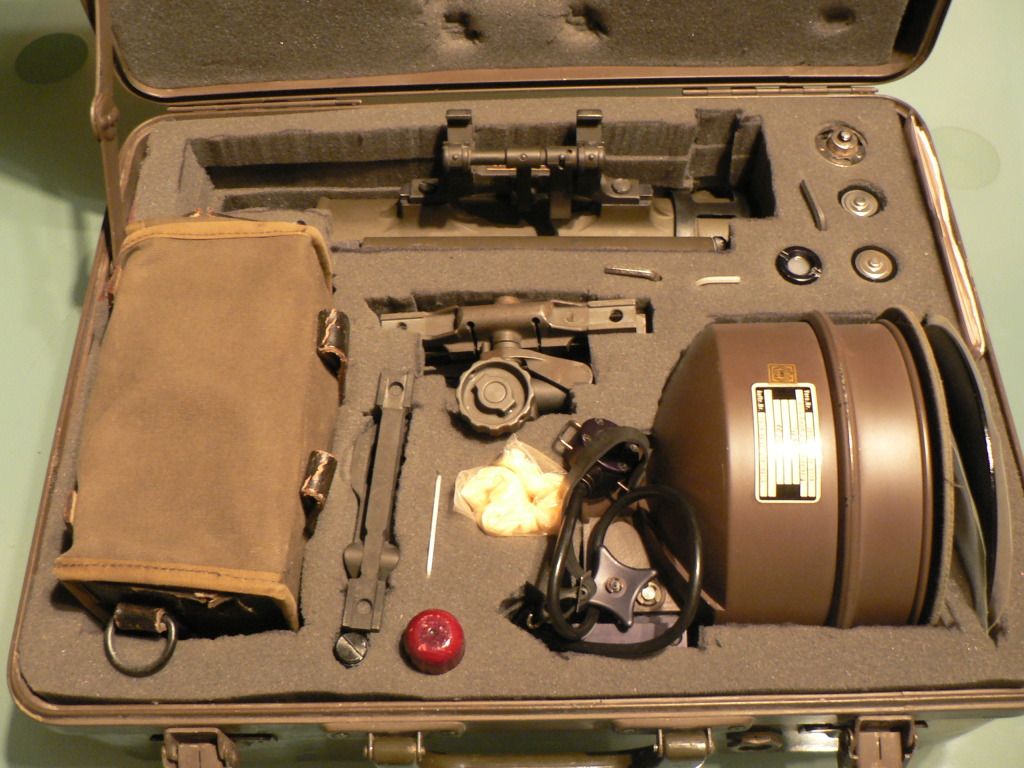
Top of lid (the extra label was put there by UPS):

Bottom:

Rear:

Both sides:


Front:

Detail of label attached on front. It was issued to Jager Battalion 733 what the other information on the label is I don't know yet:

Now we open up the box. The cushion material is foam just like you commonly see in hard rifle cases but they built it up of multiple layers. I guess that was to keep it firm? I don't know for sure. Here's the inside of the lid:

And the lower with all the goodies inside. There is a lot of schtuff in there but I'll go through it bit by bit in a little while:


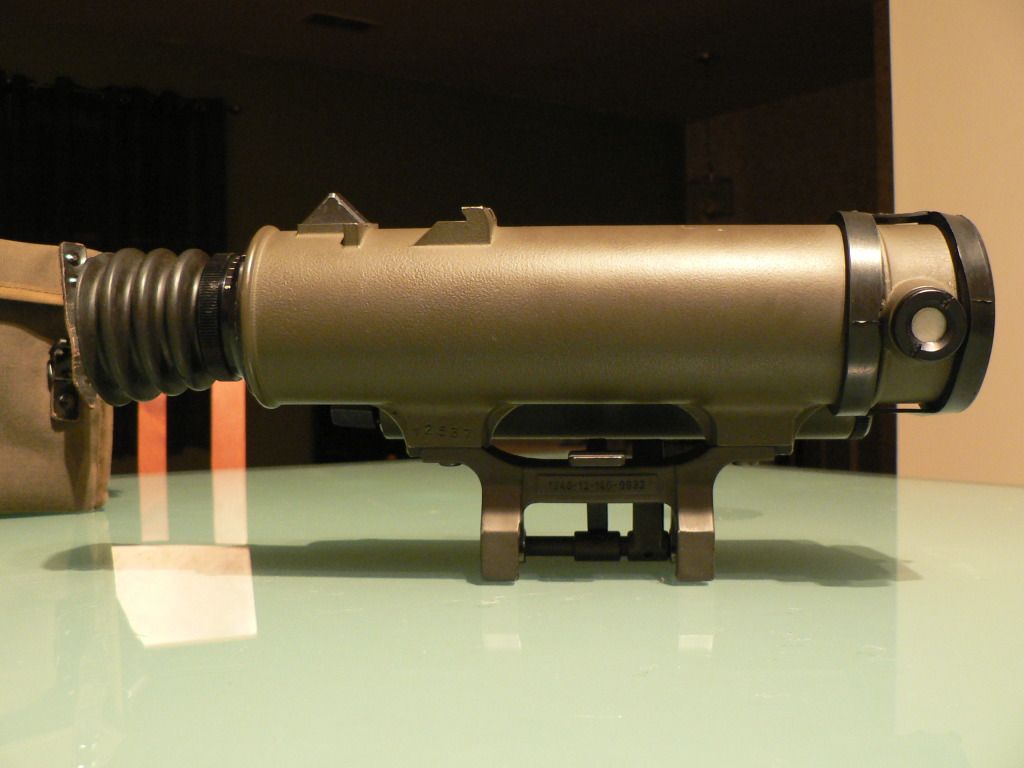
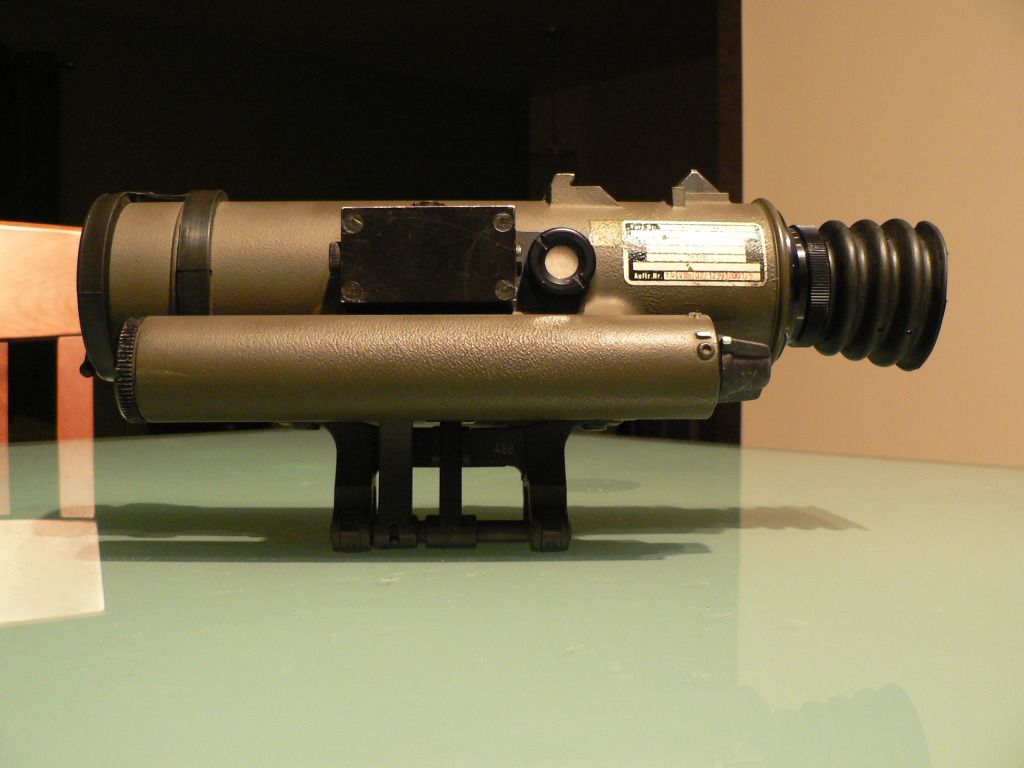

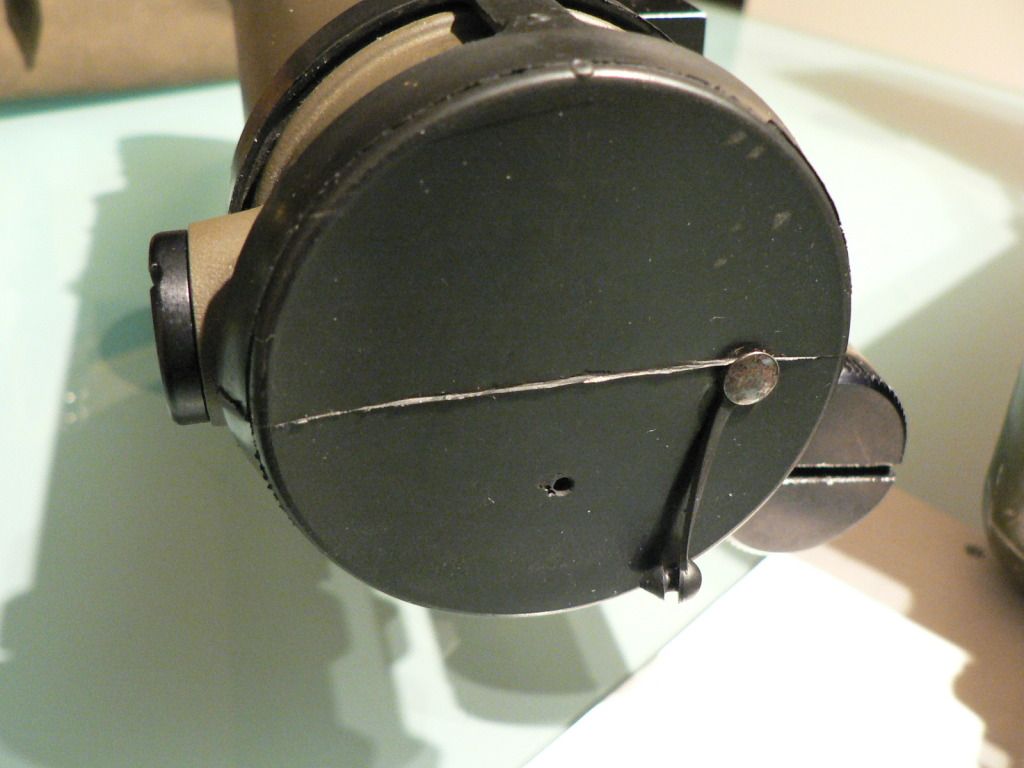
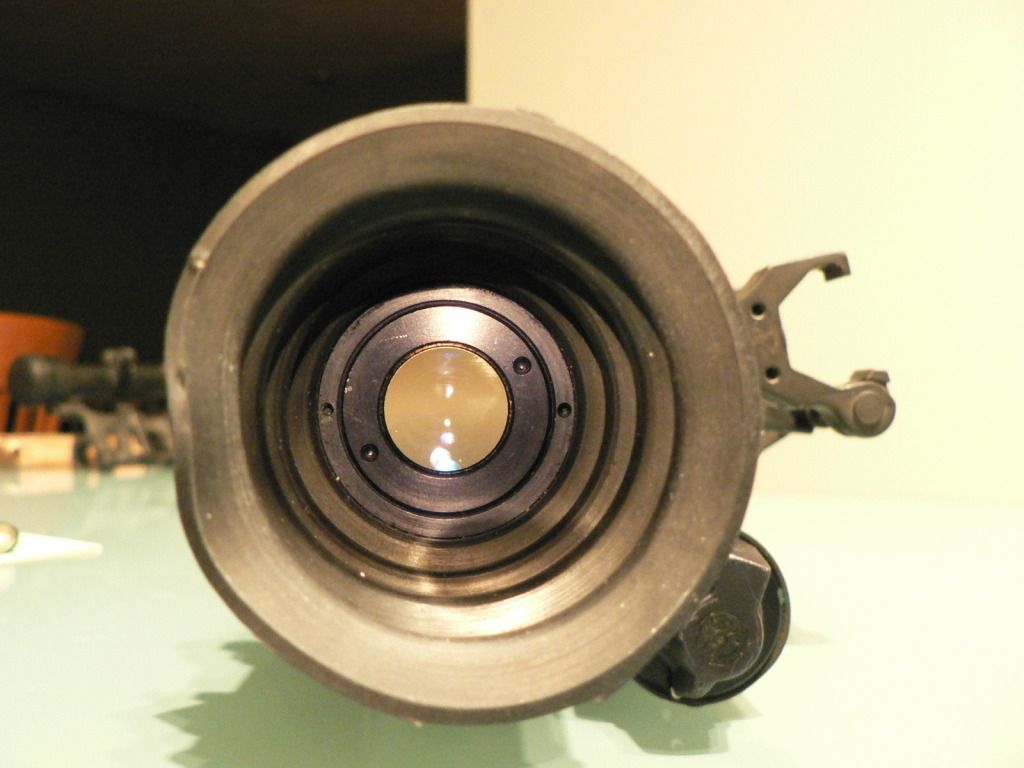
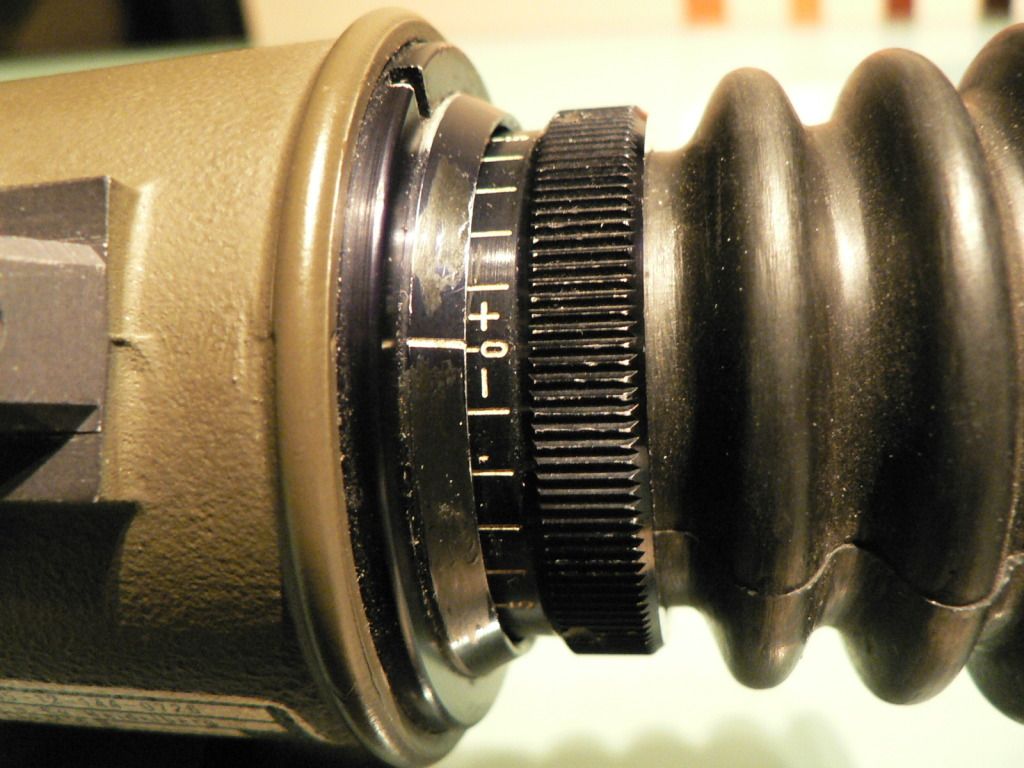
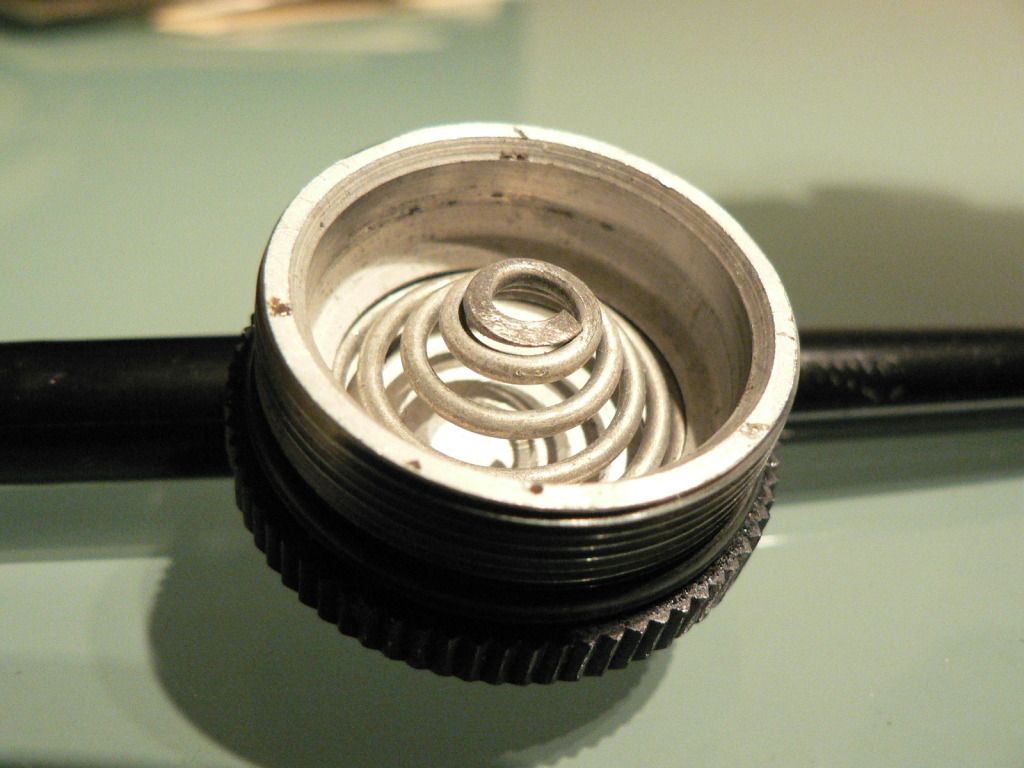

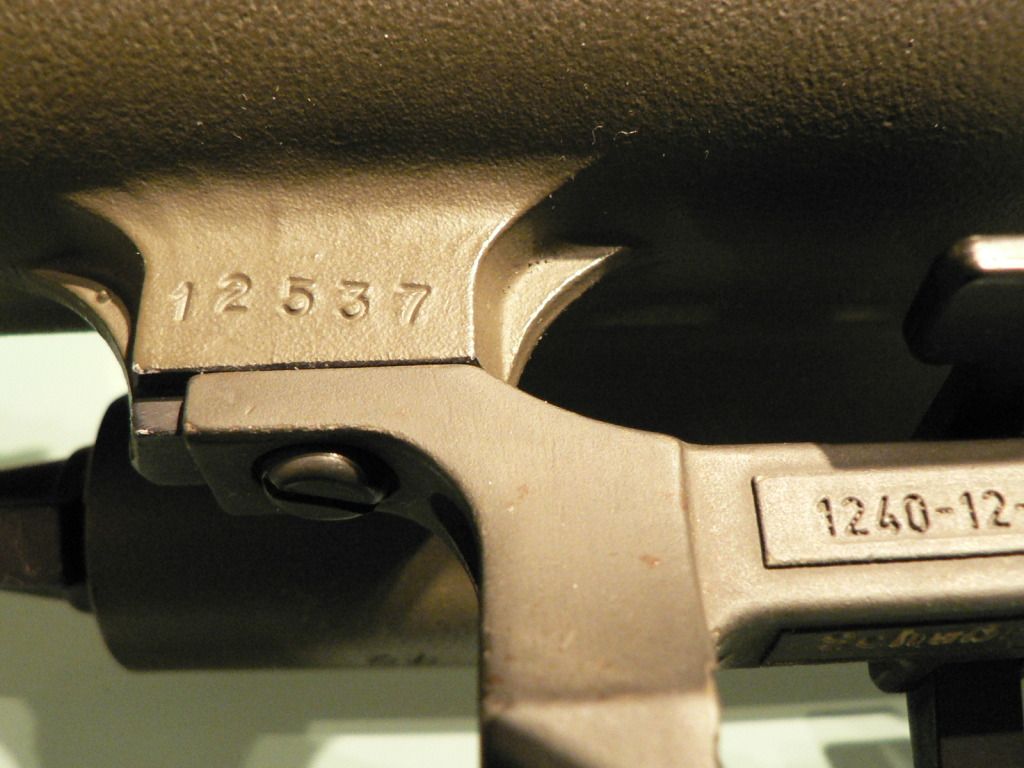
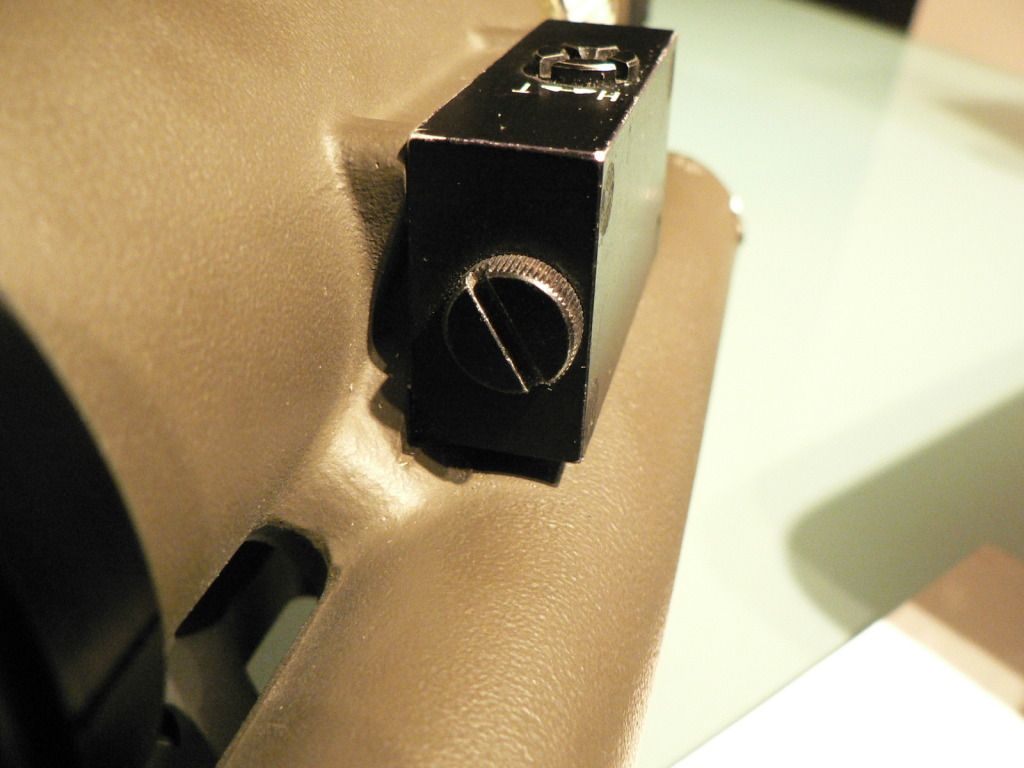
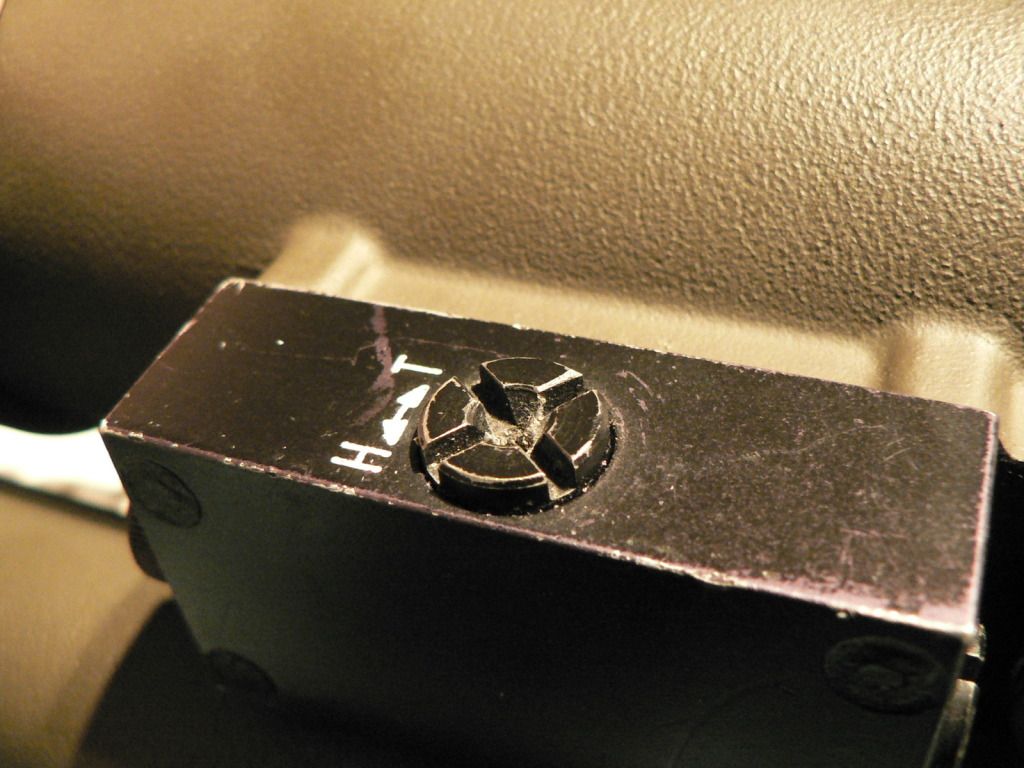
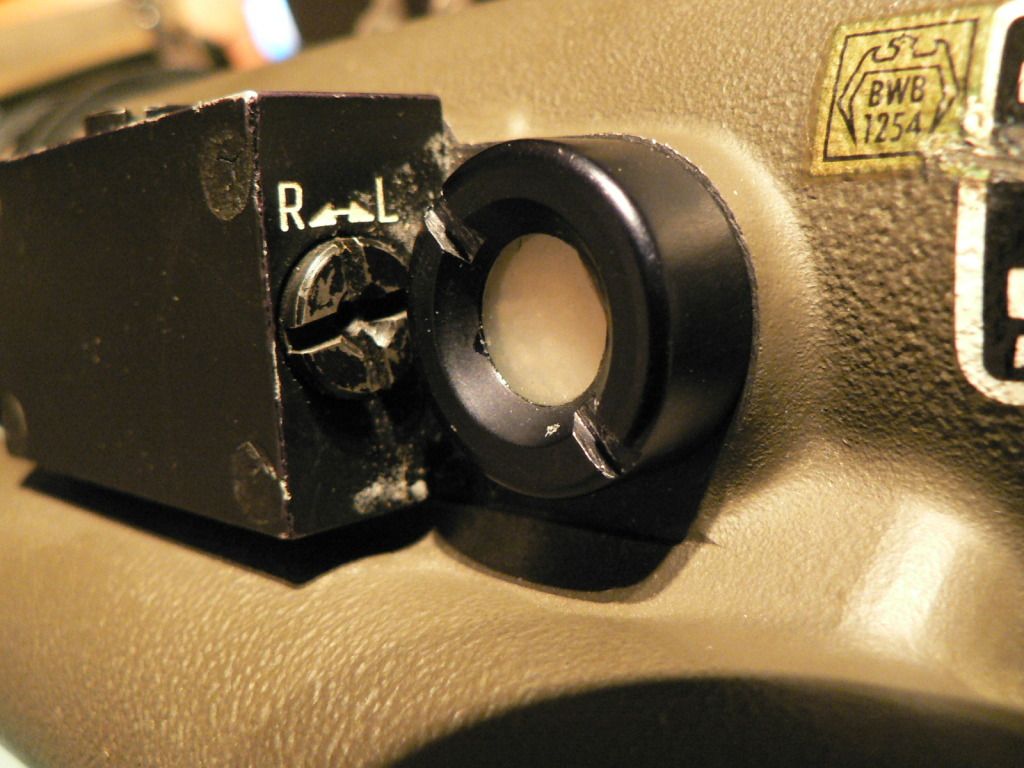
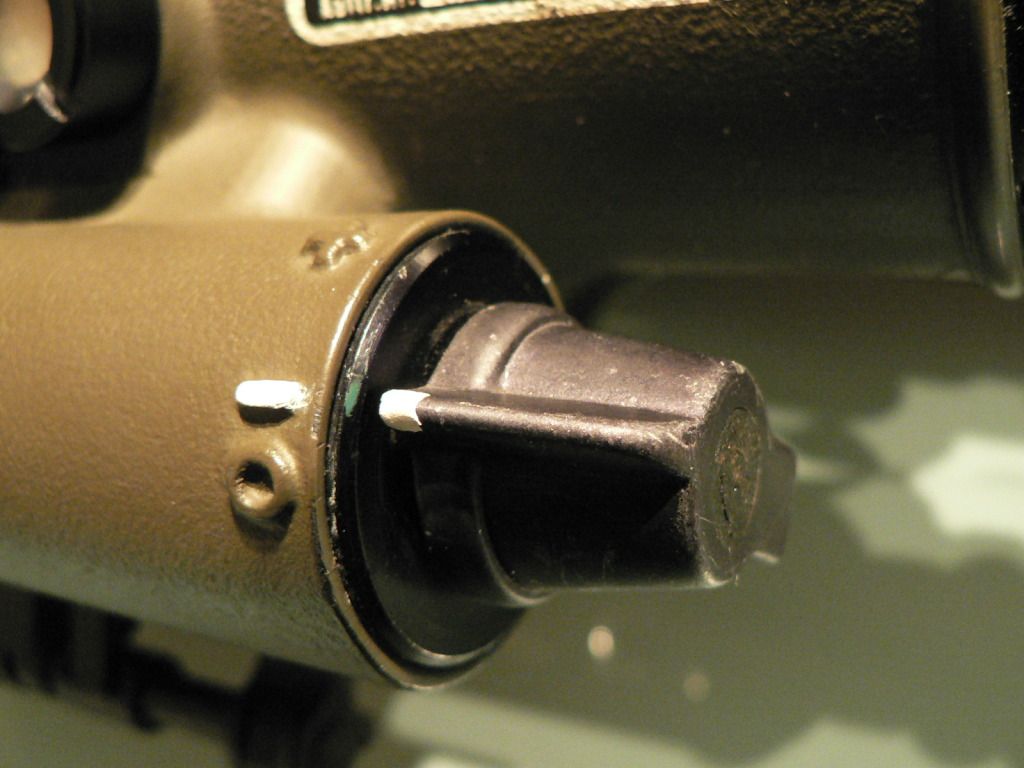



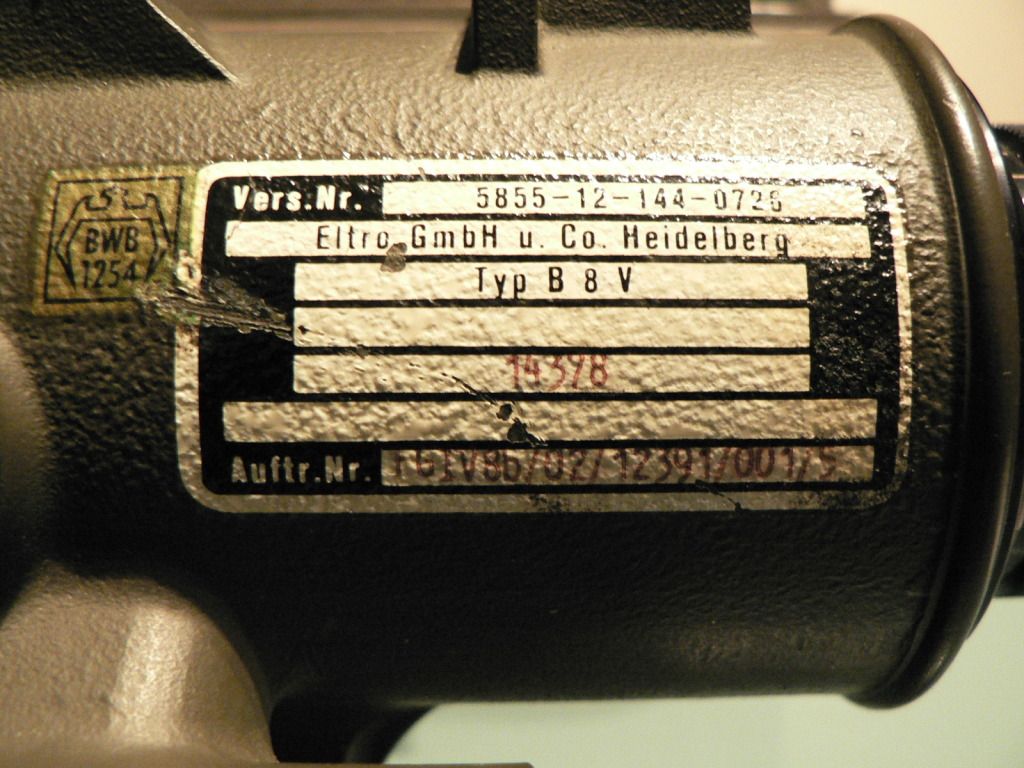

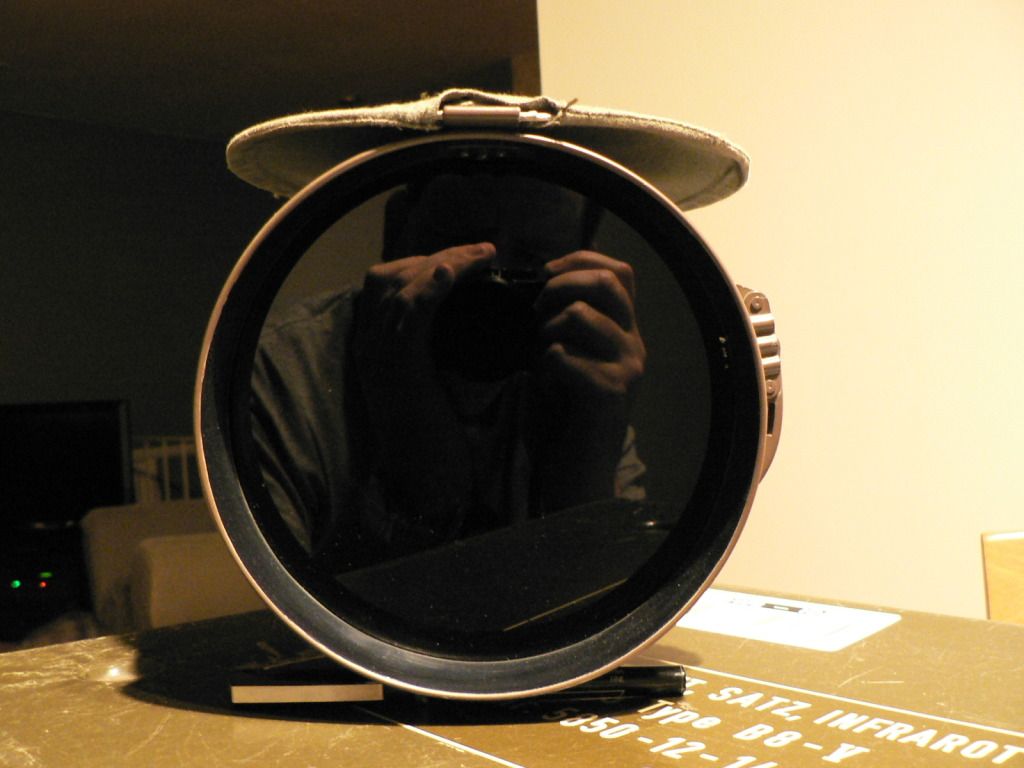

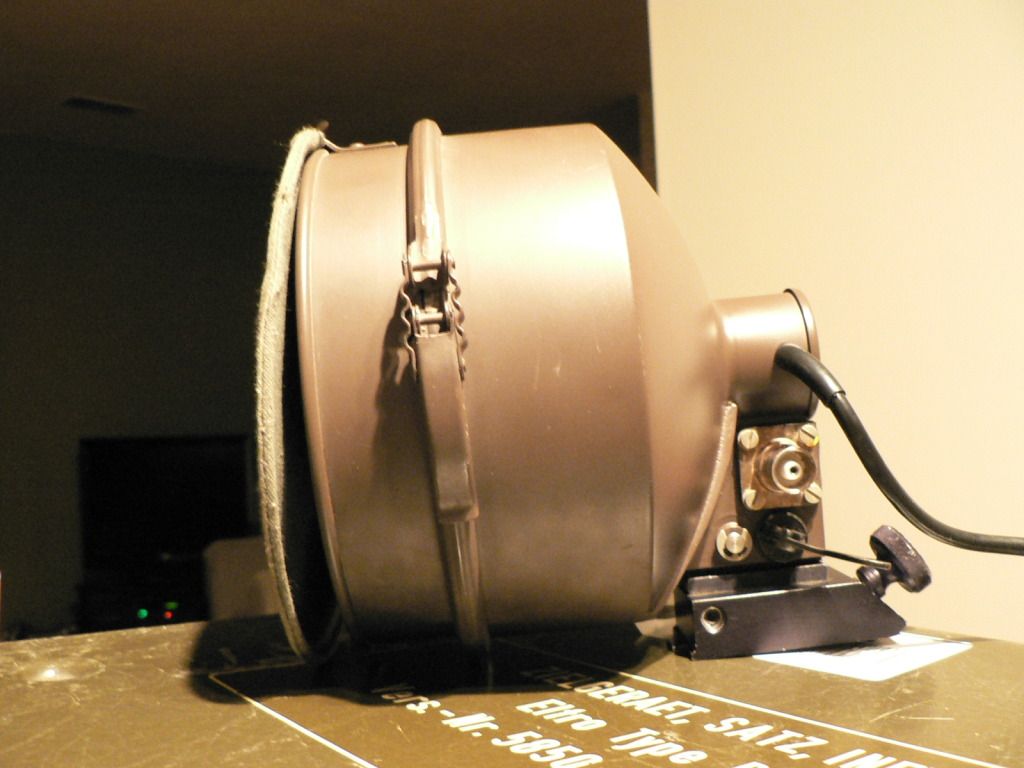
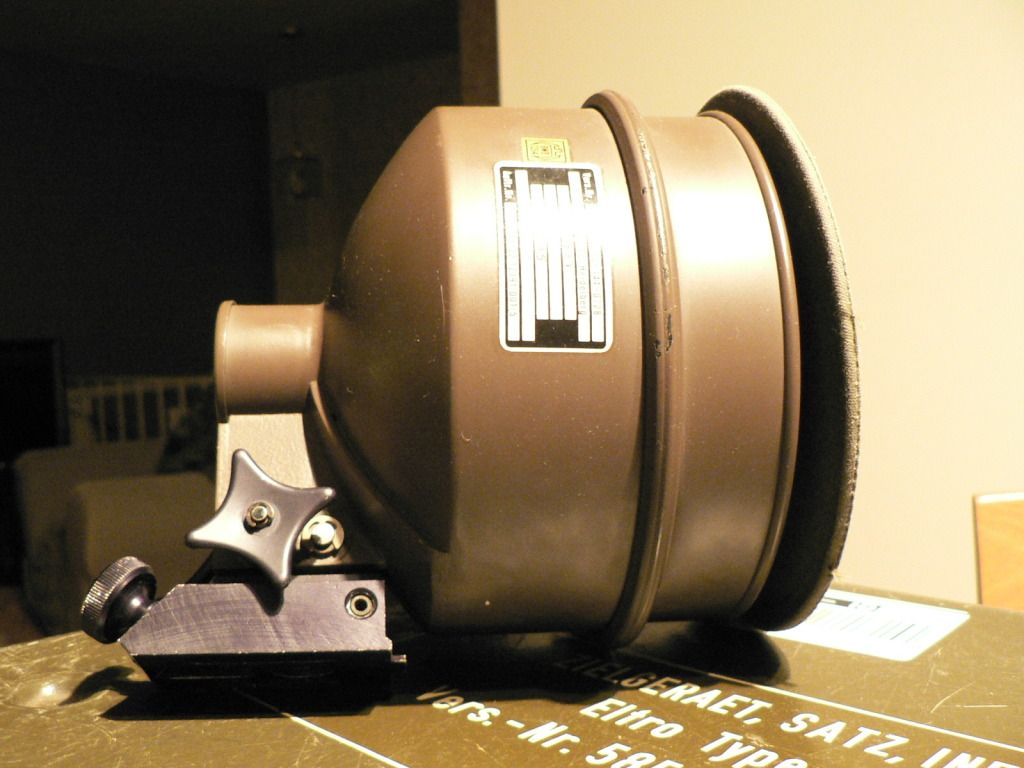
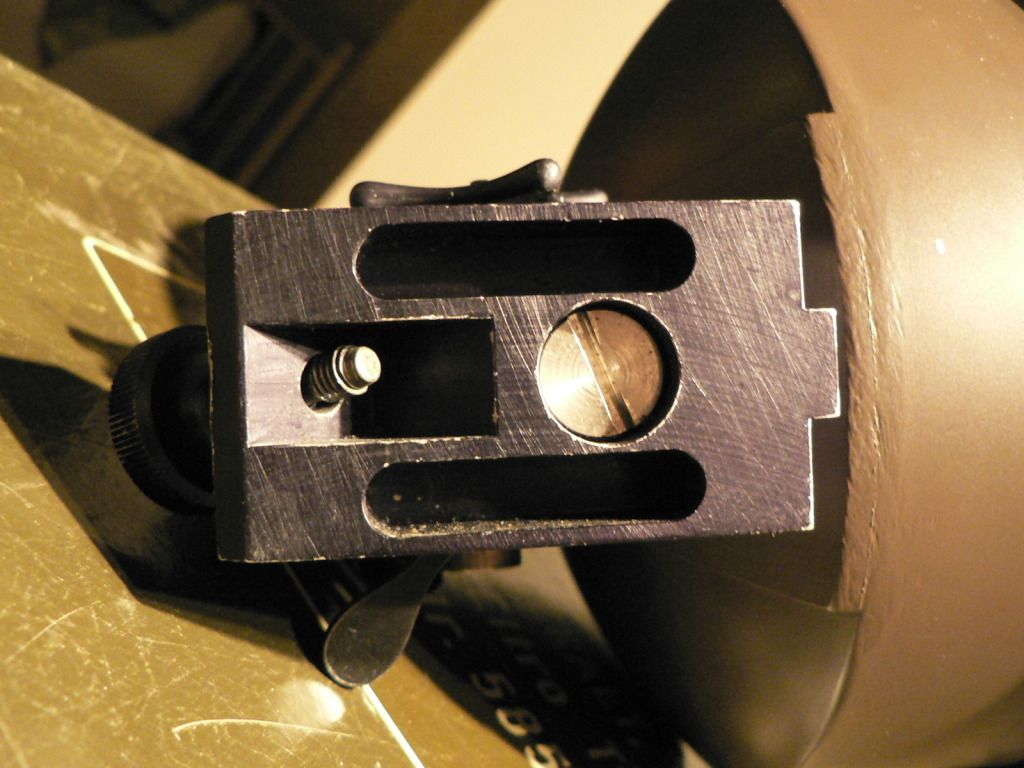

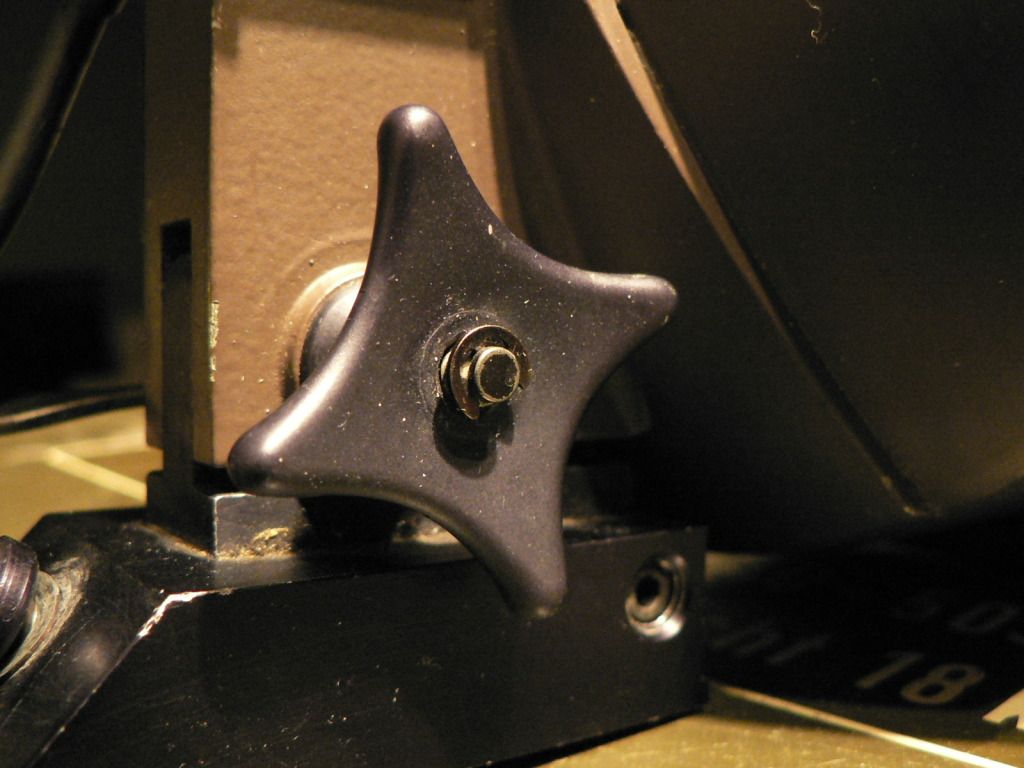
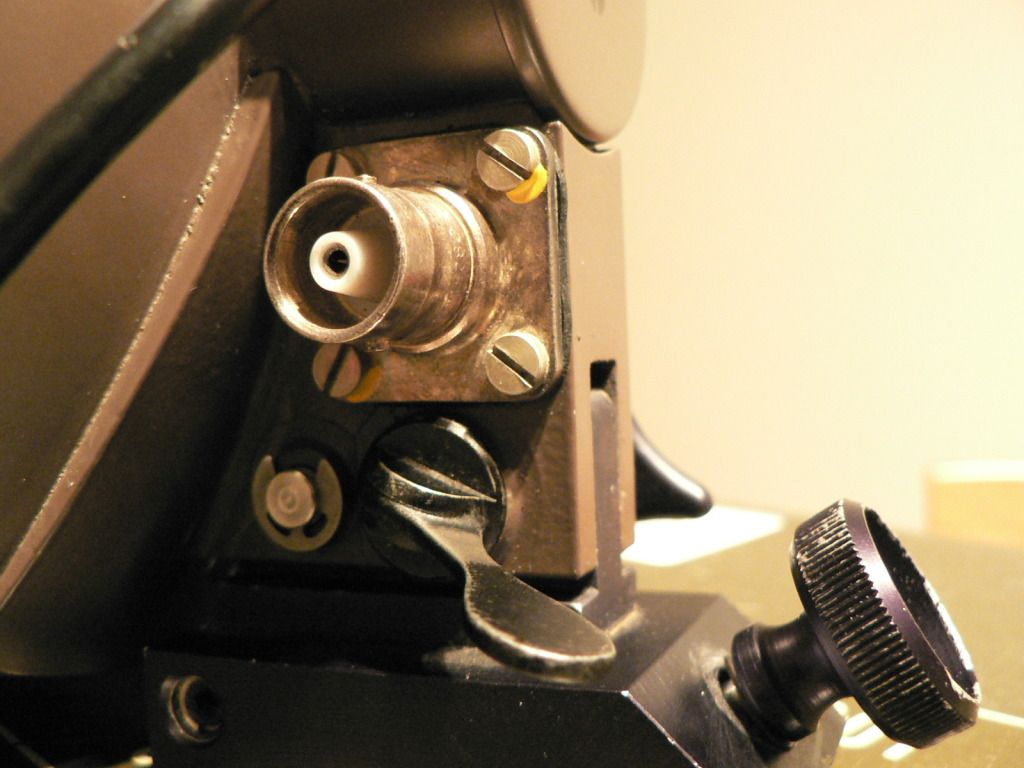

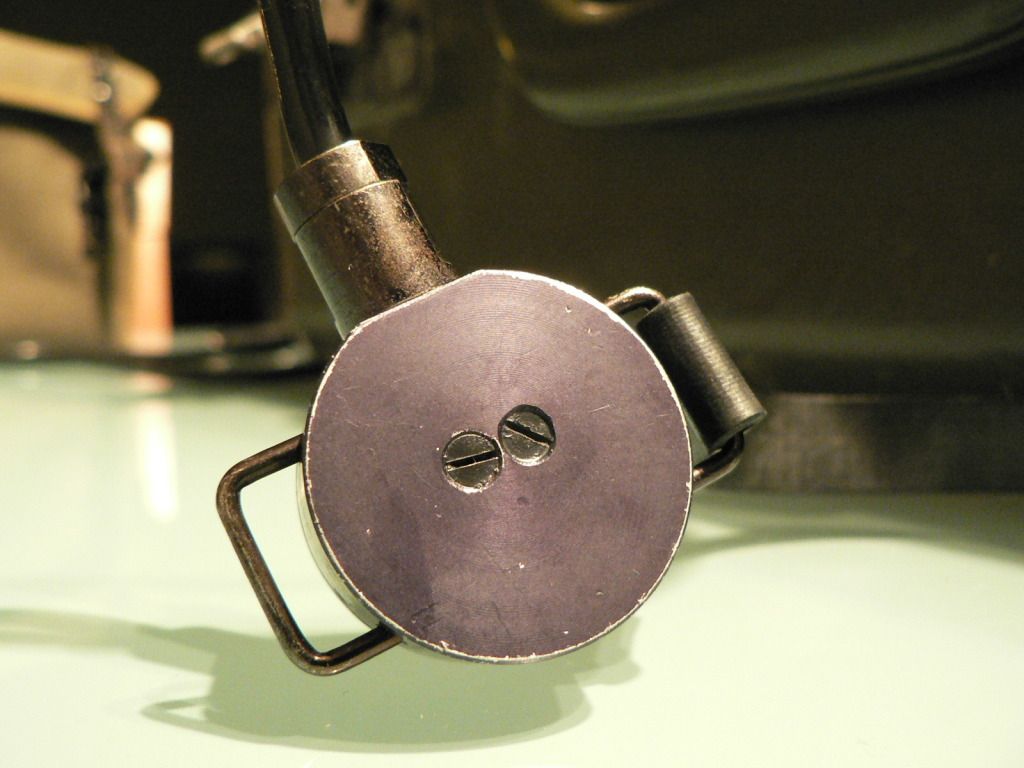
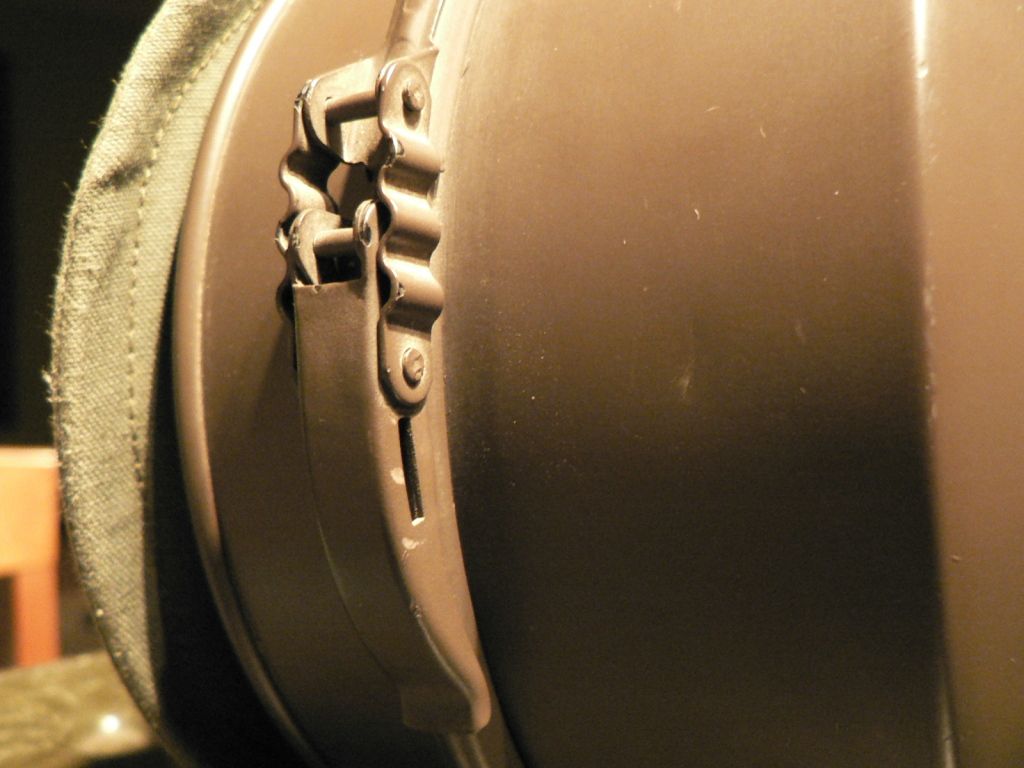

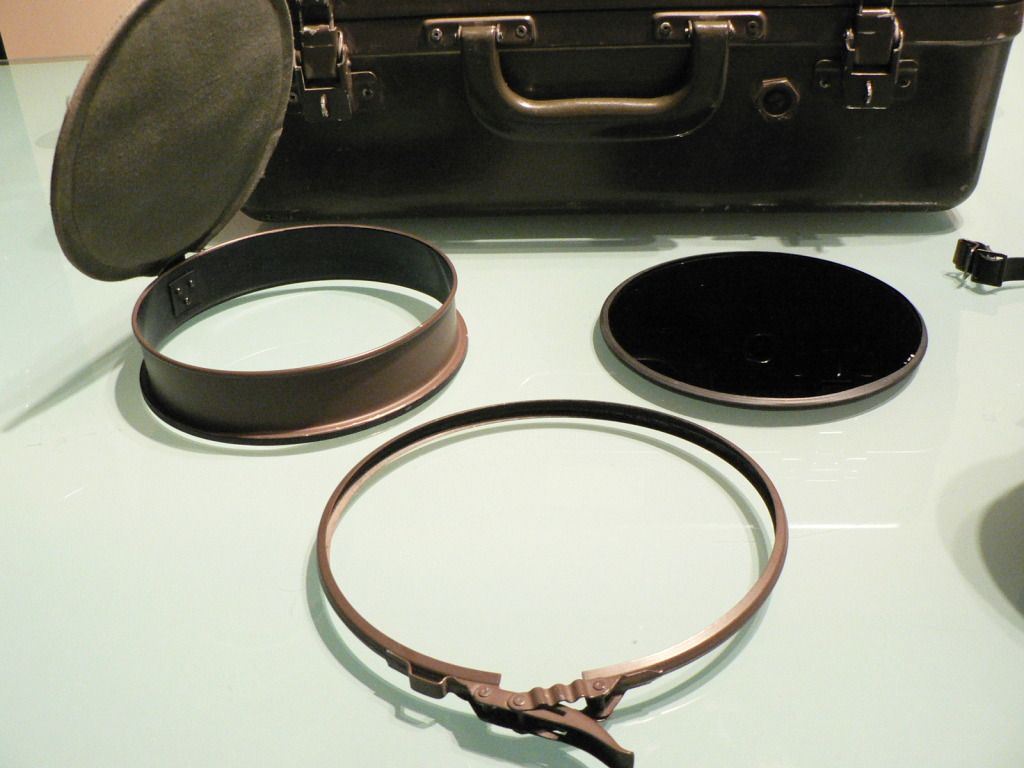
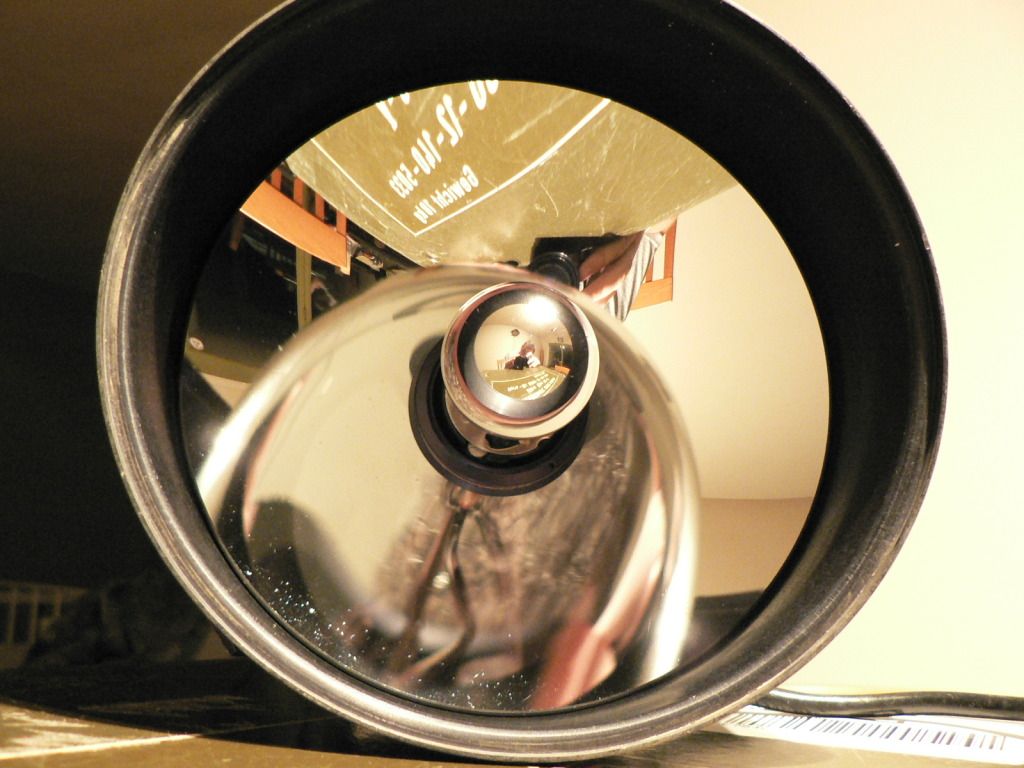
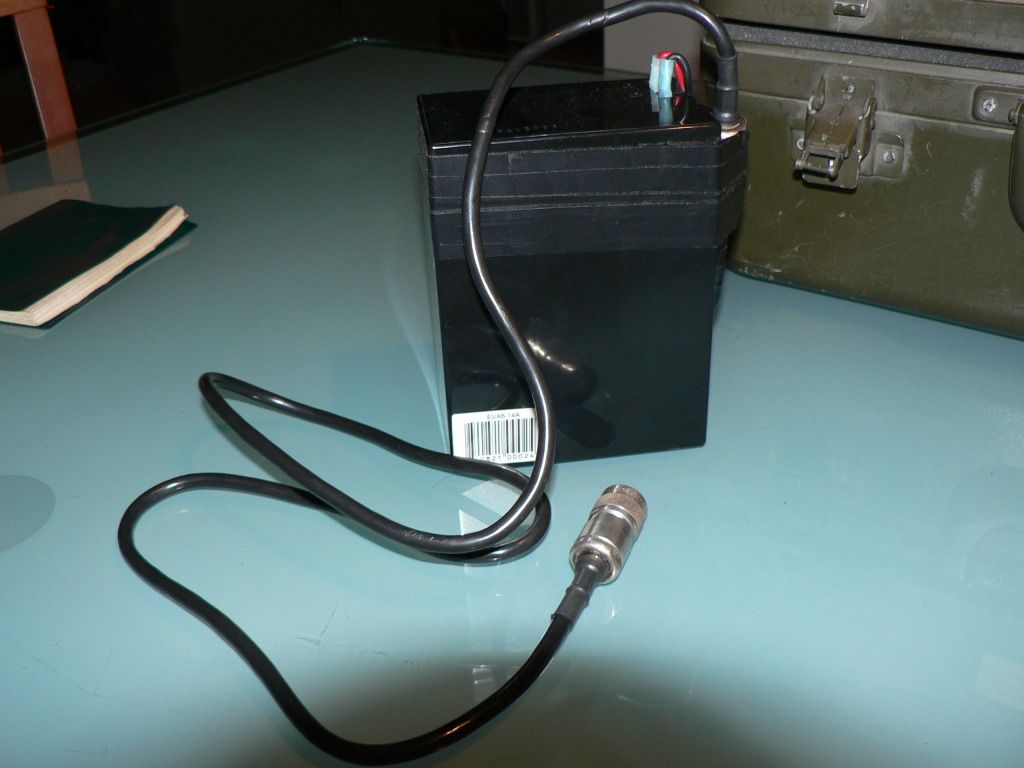
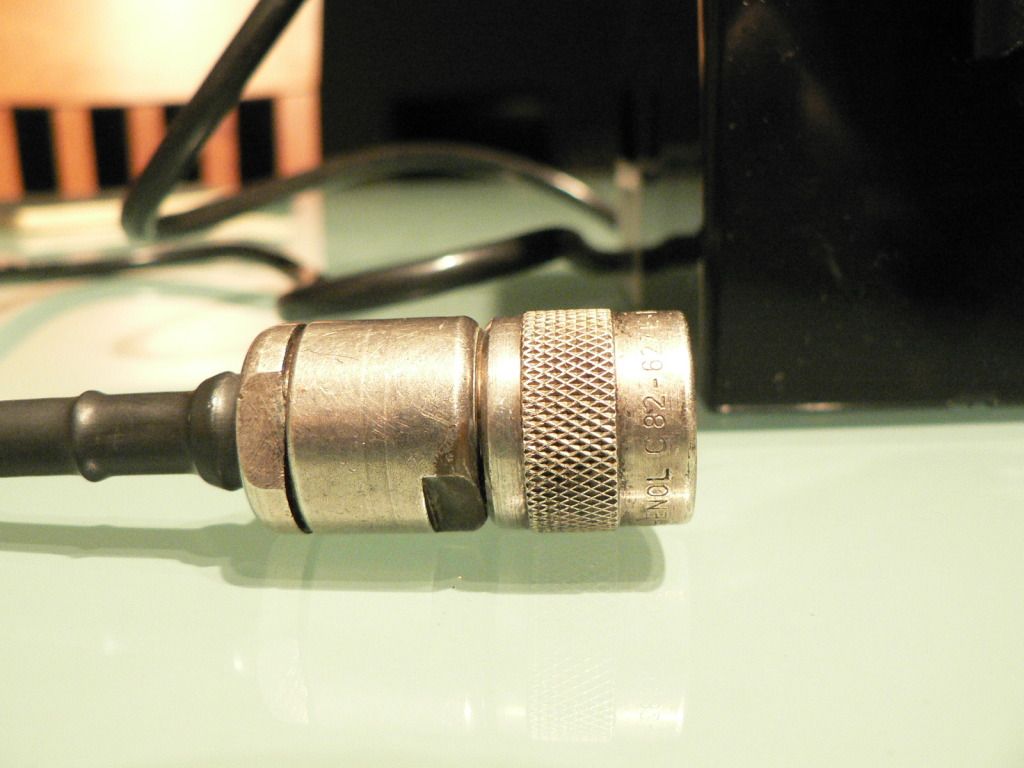
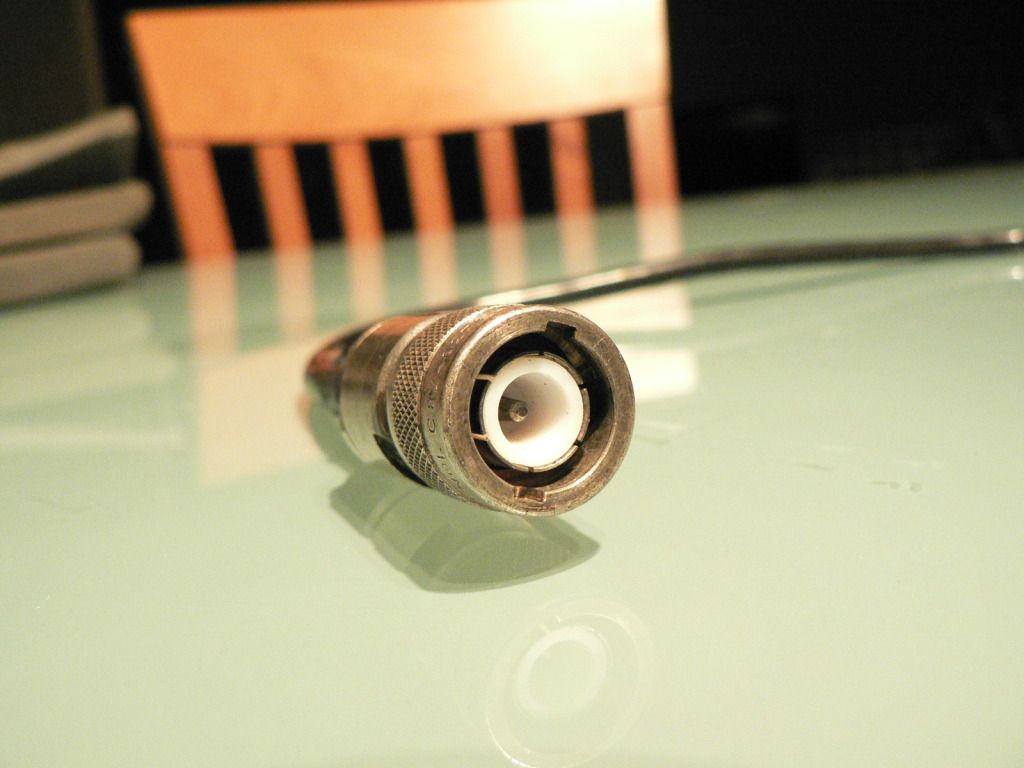
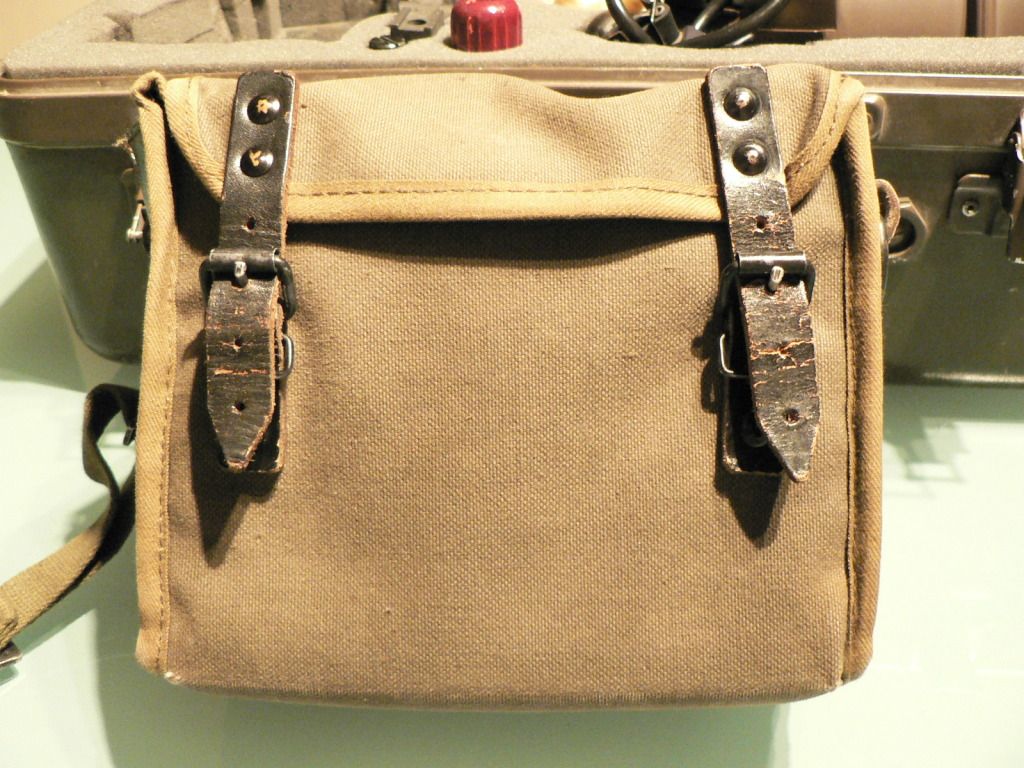
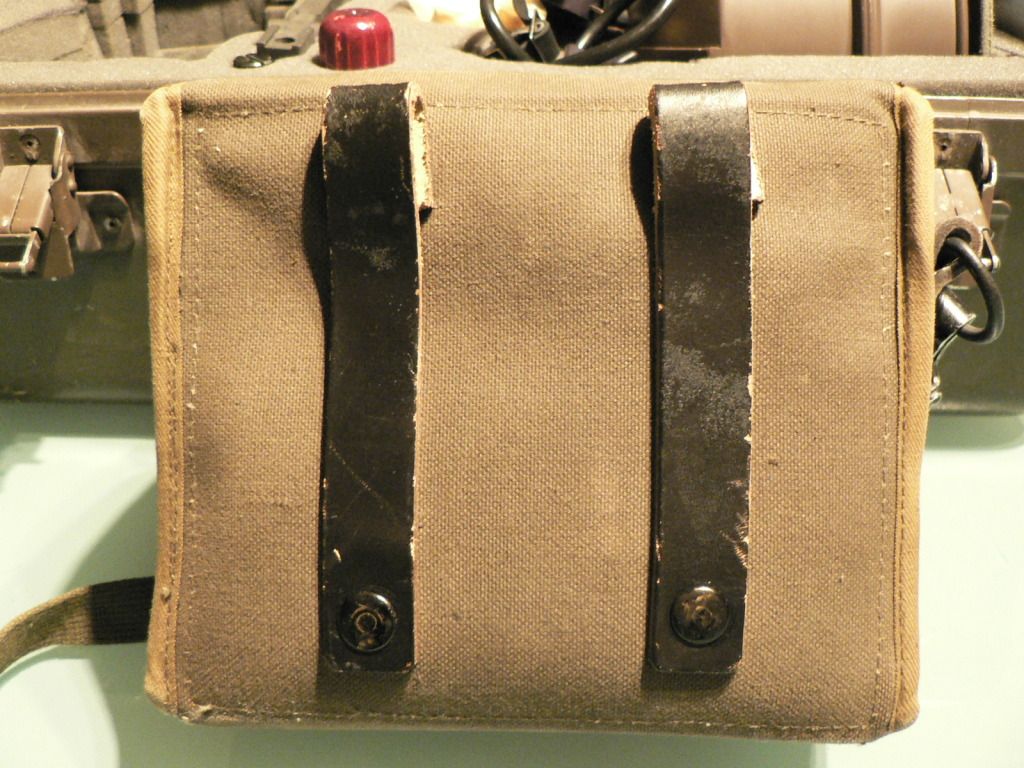

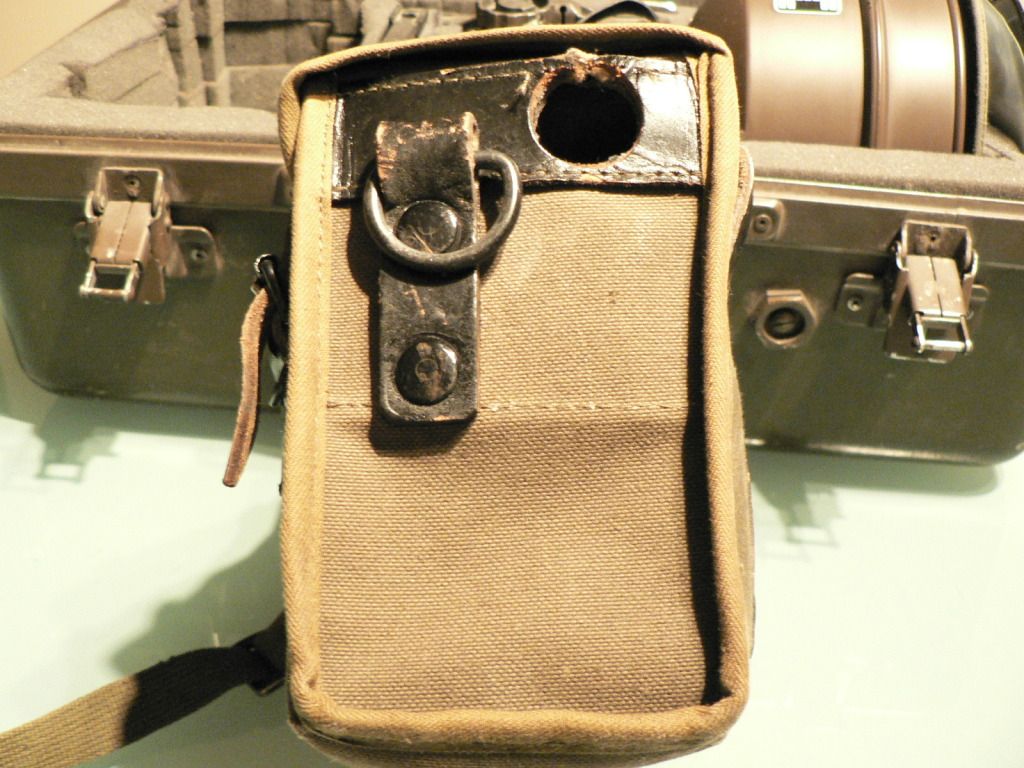
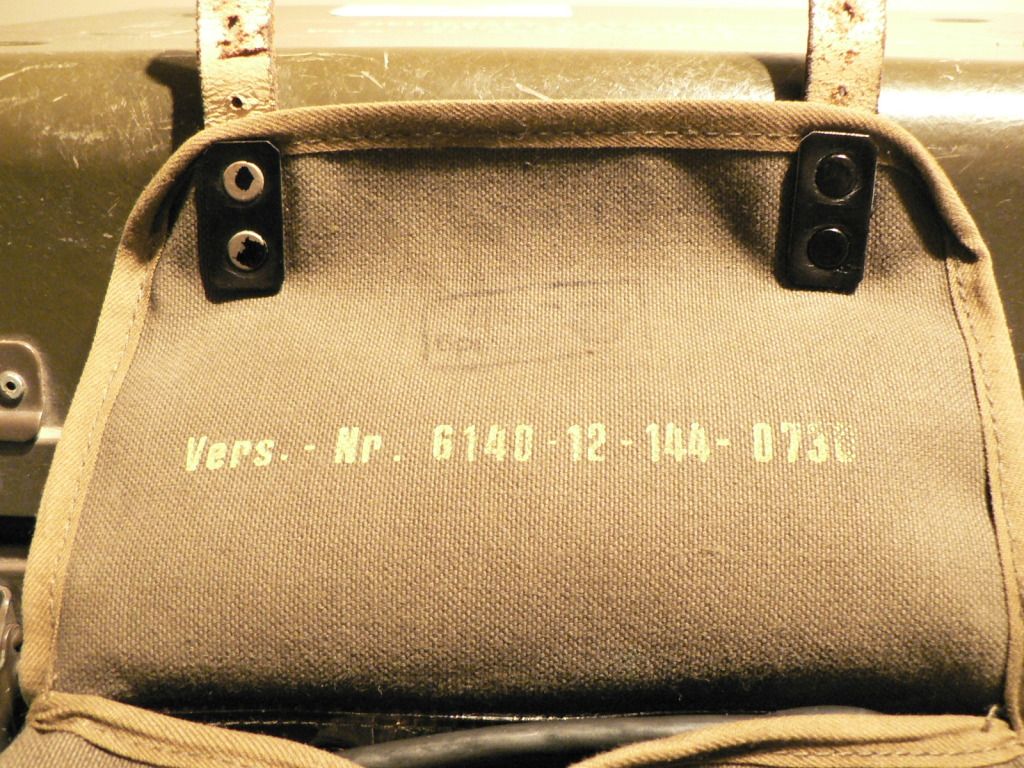

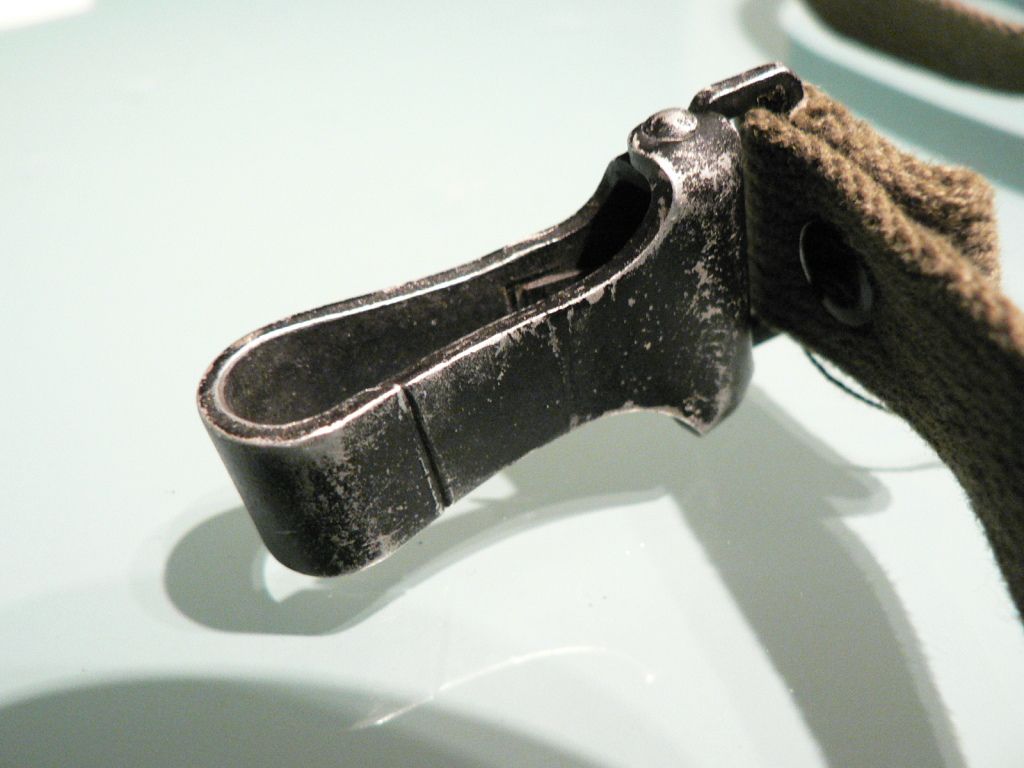
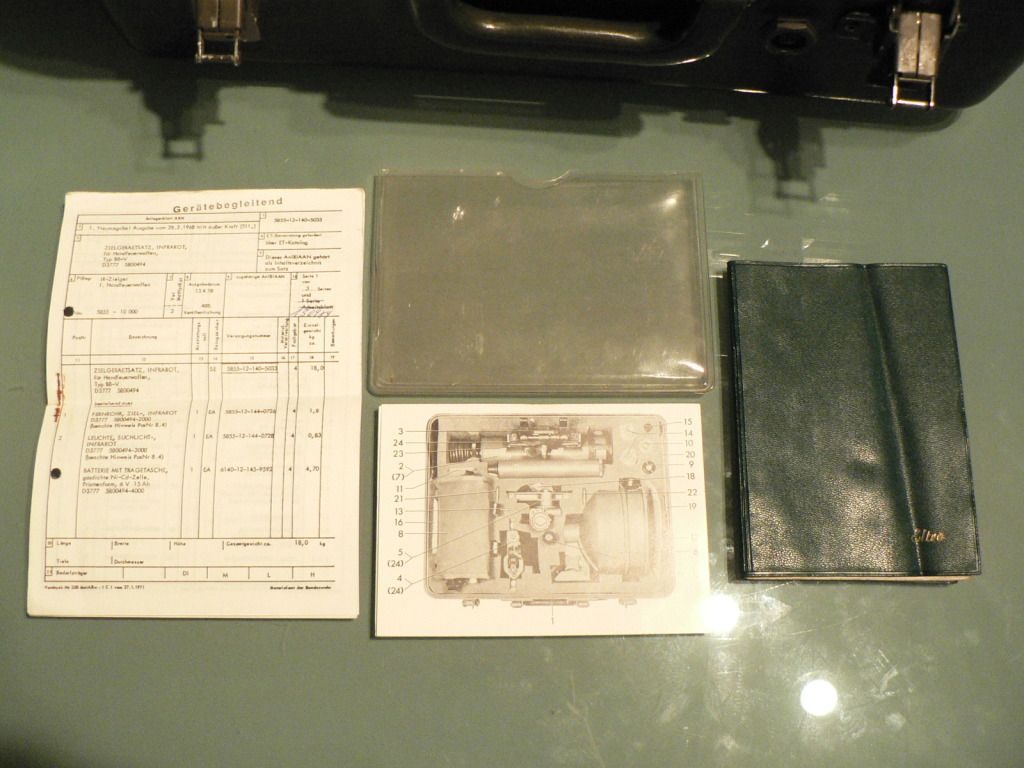
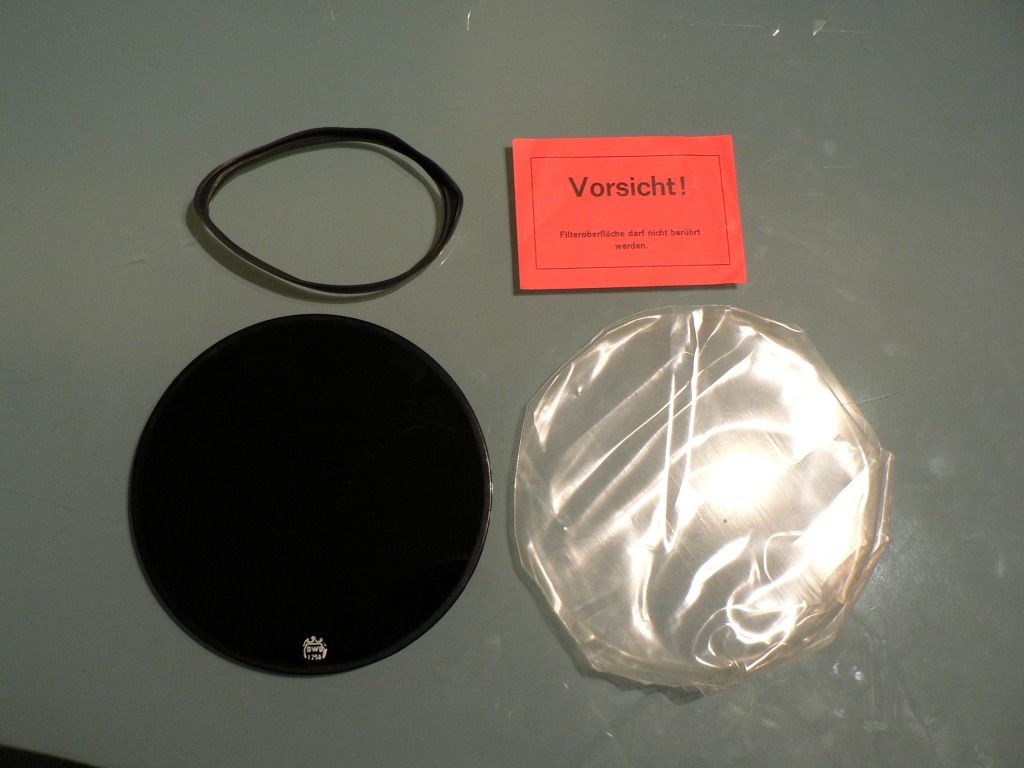
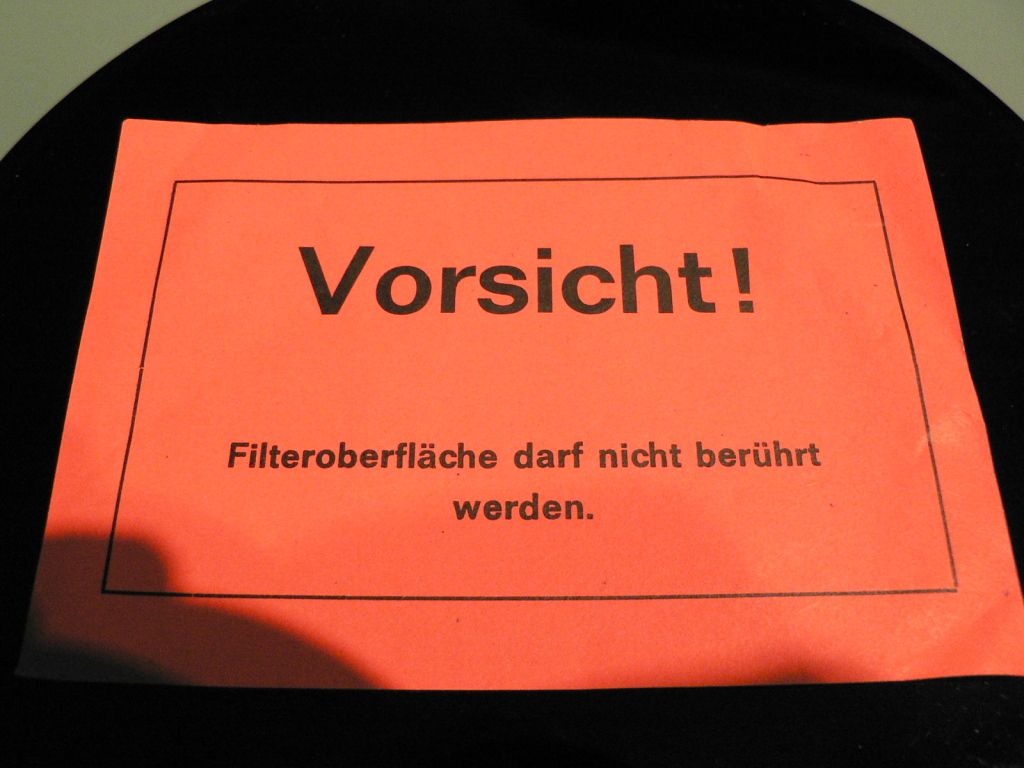
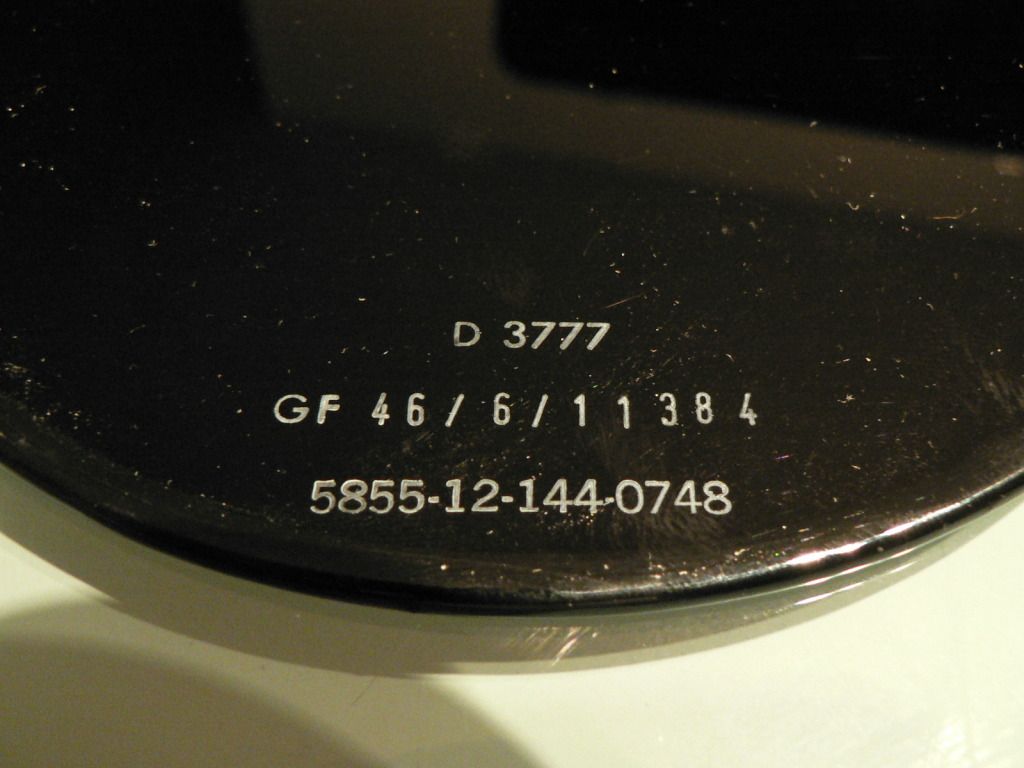
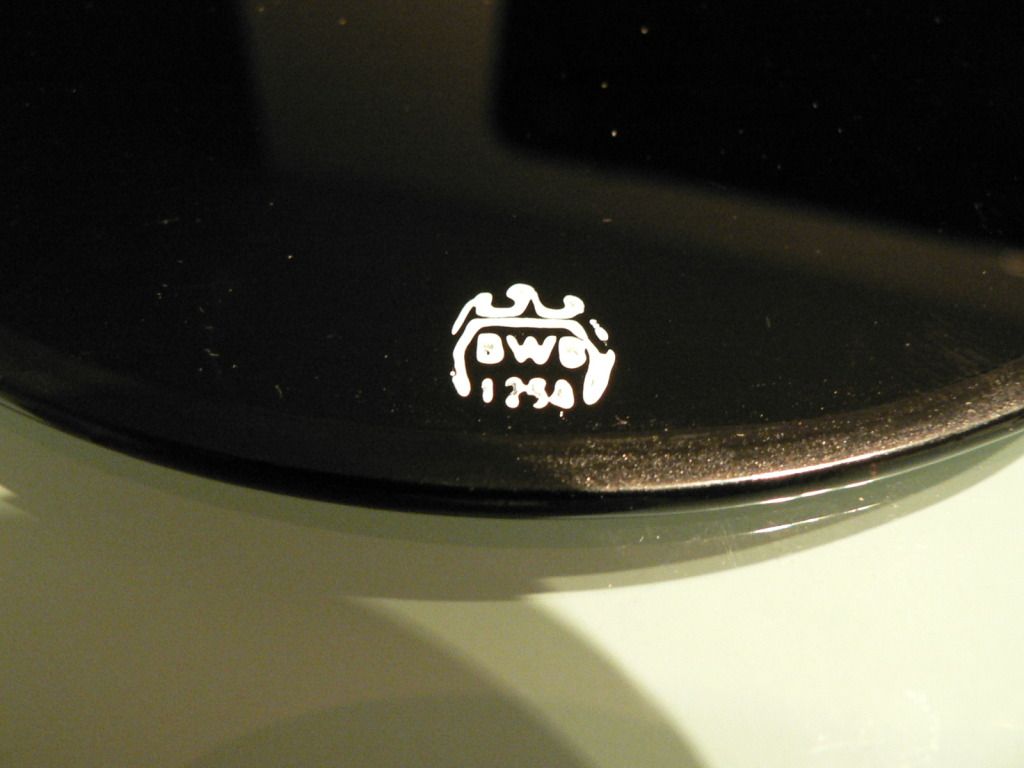
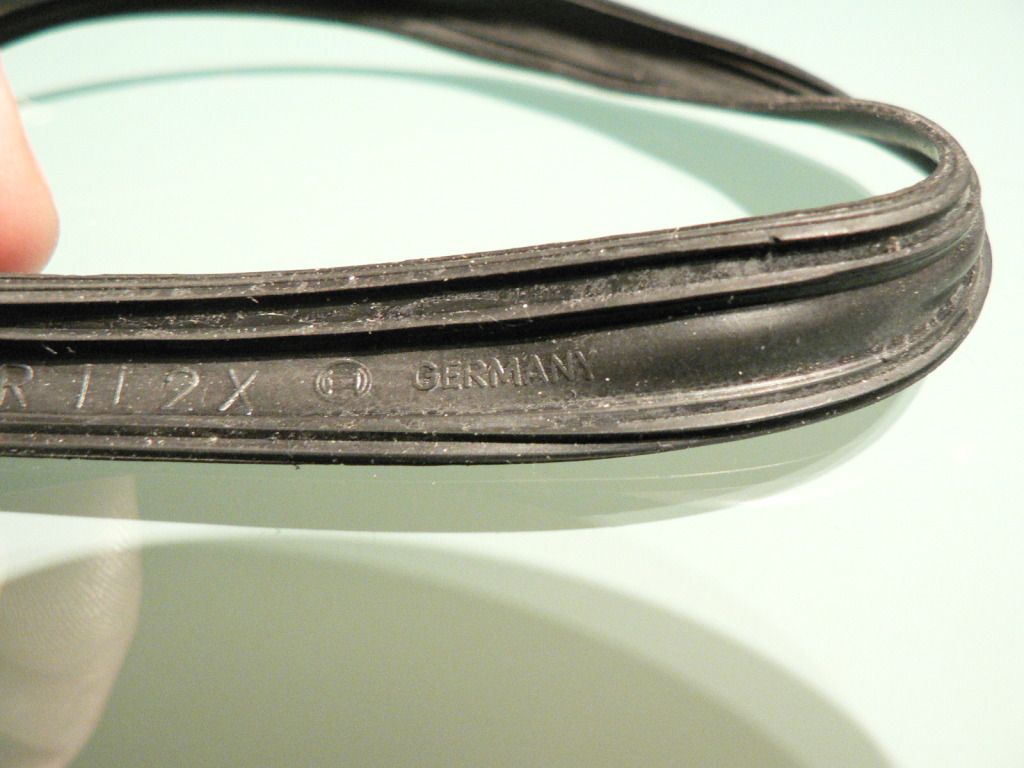
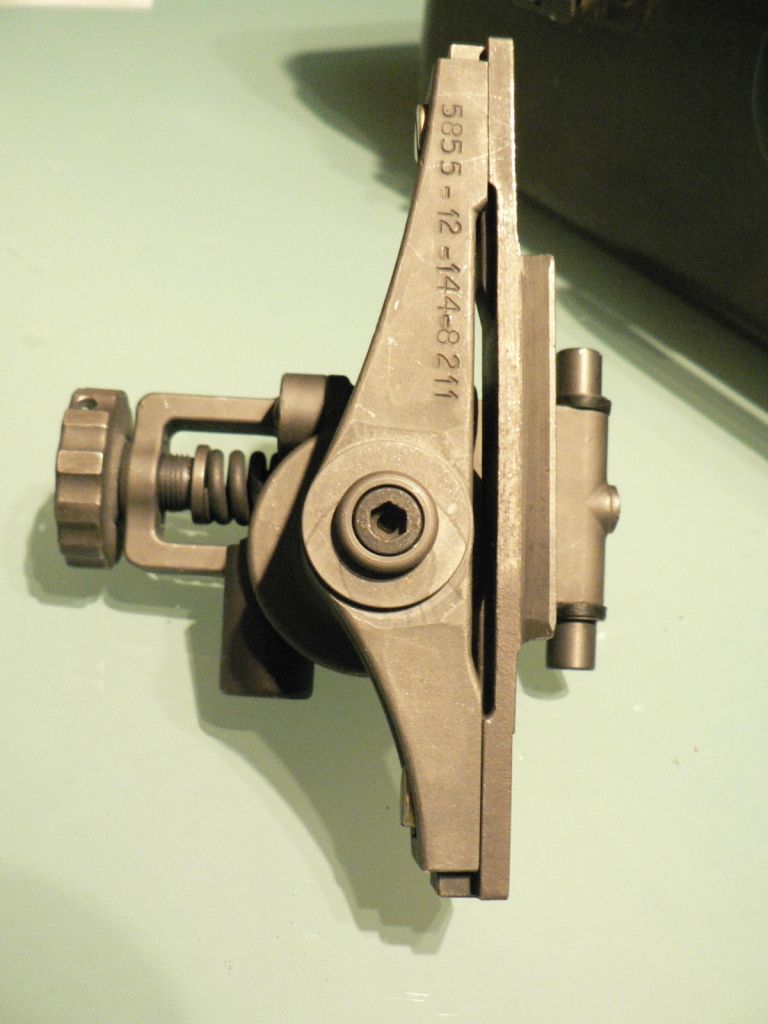
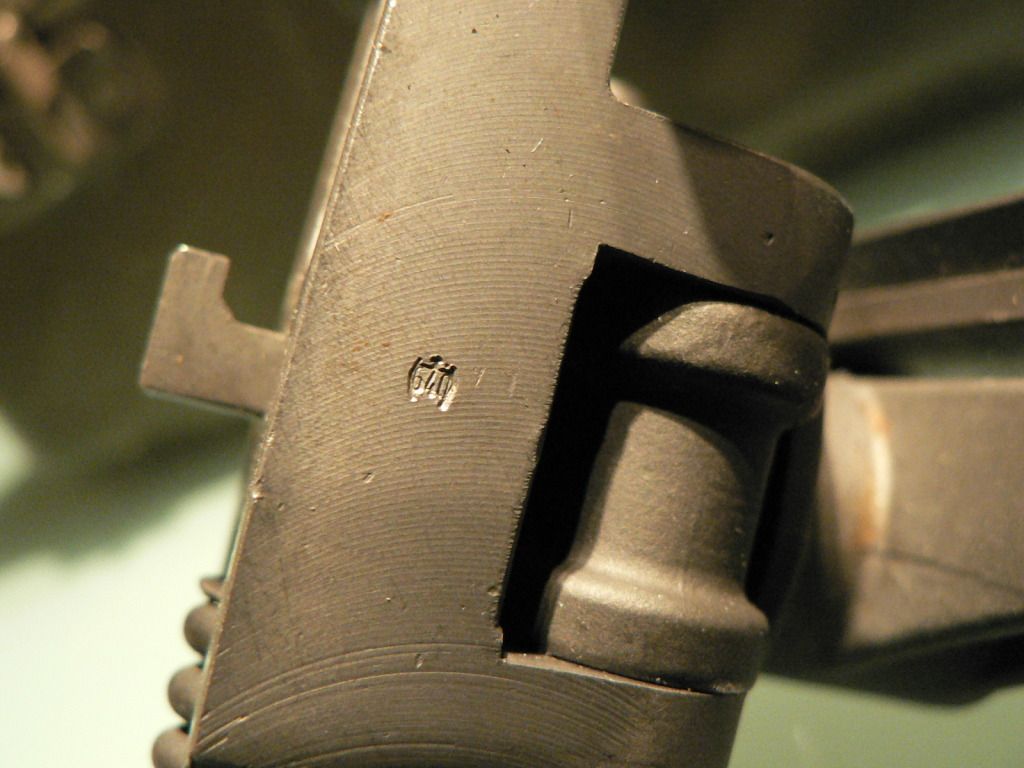

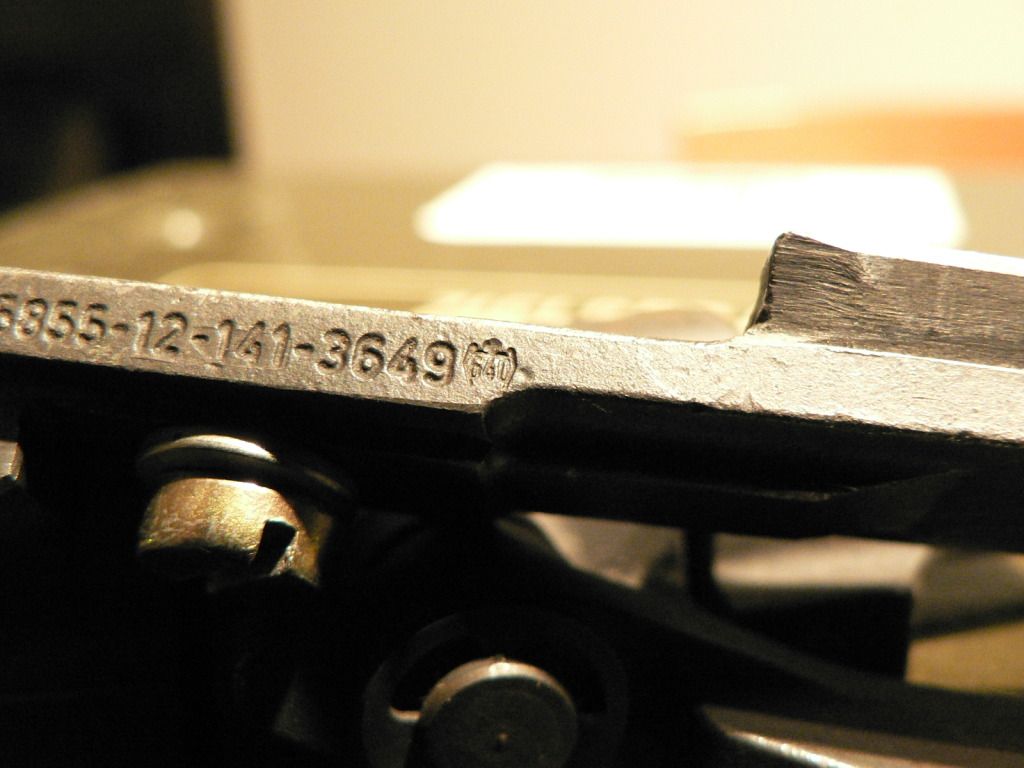
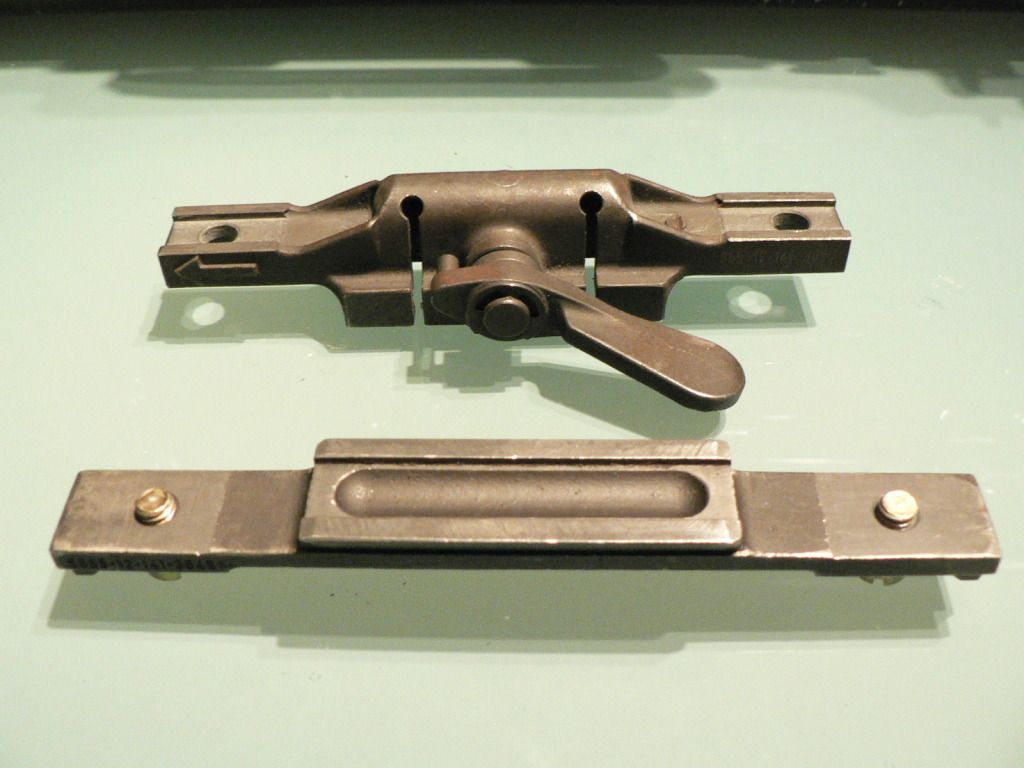
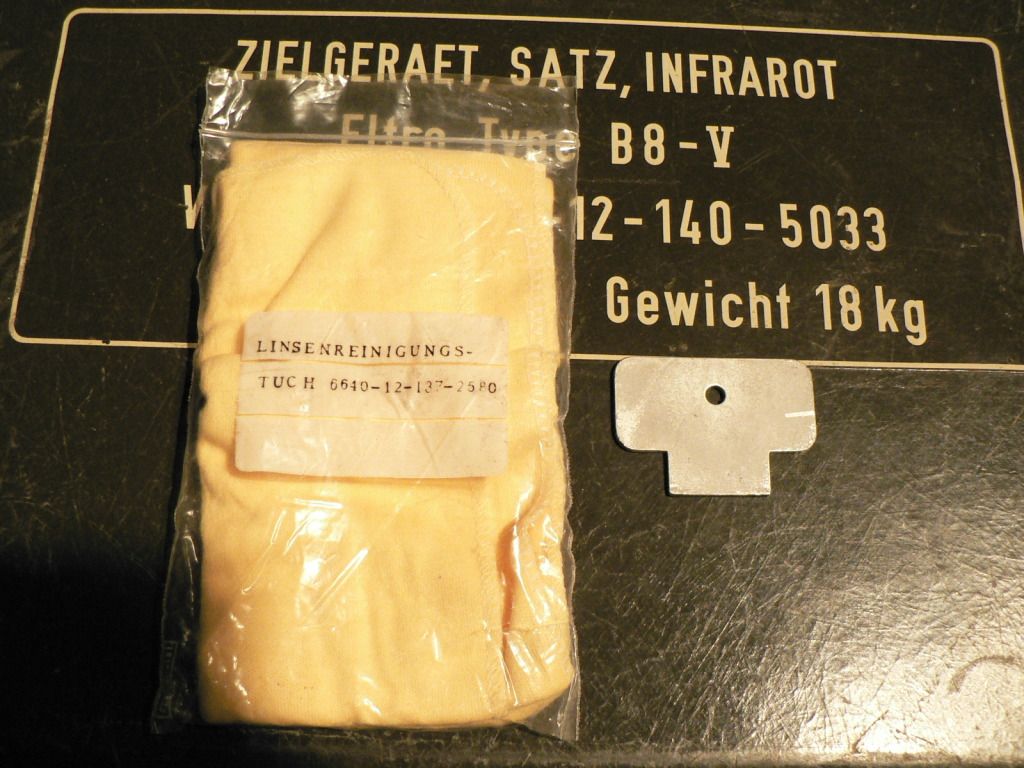
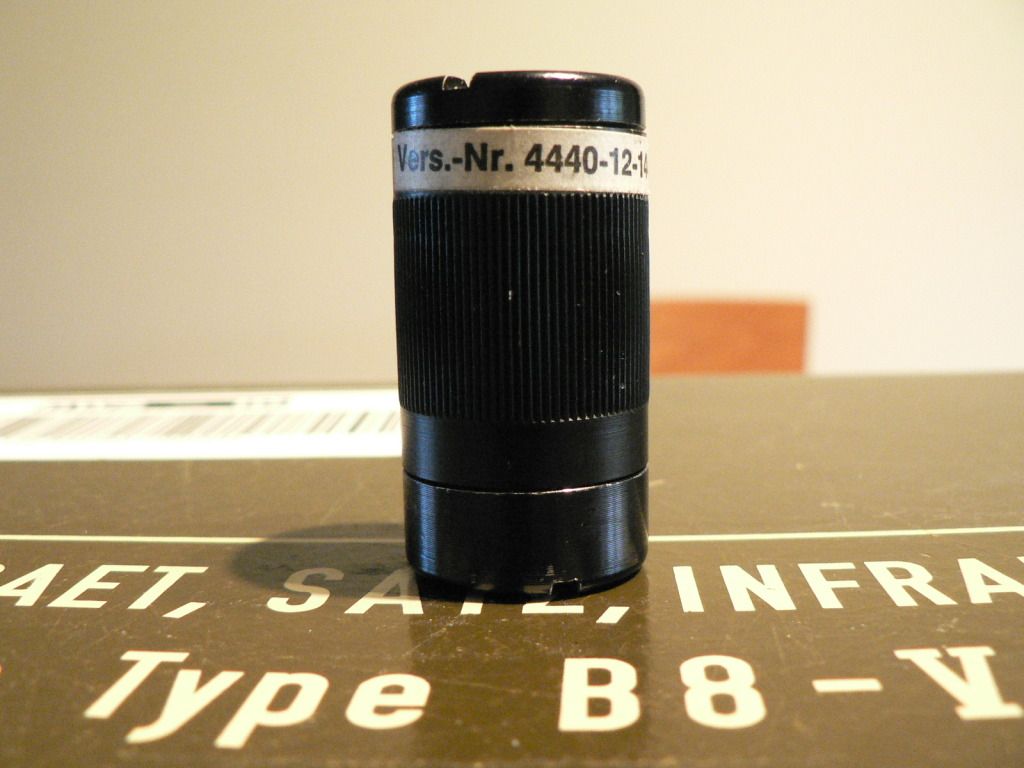

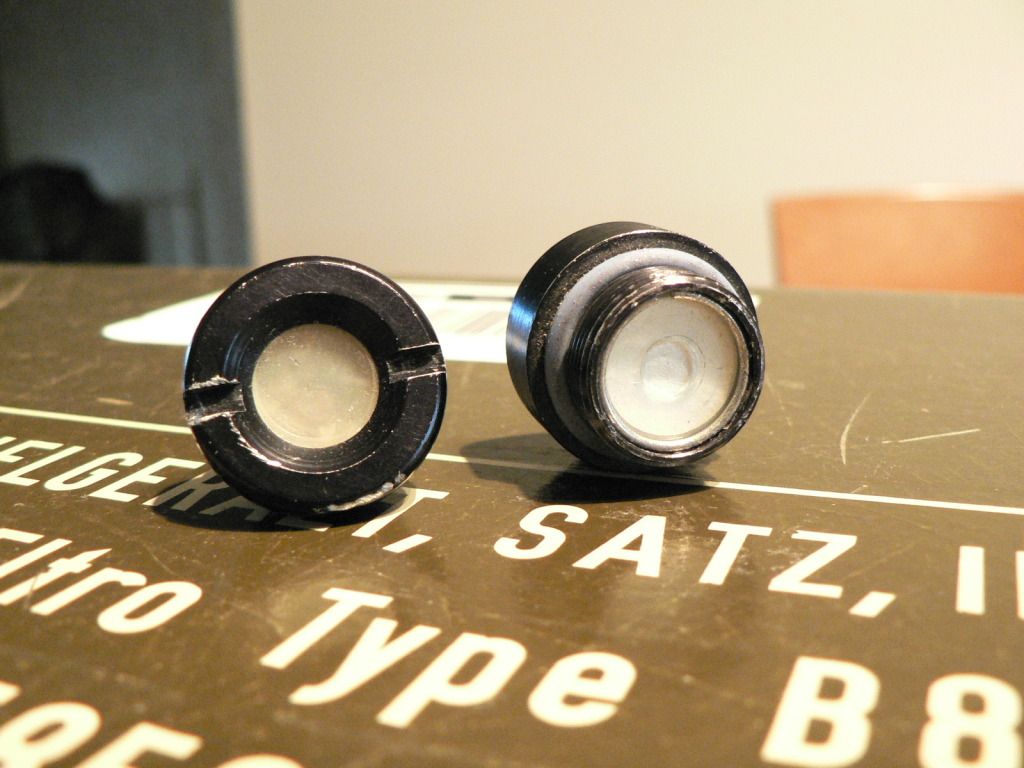
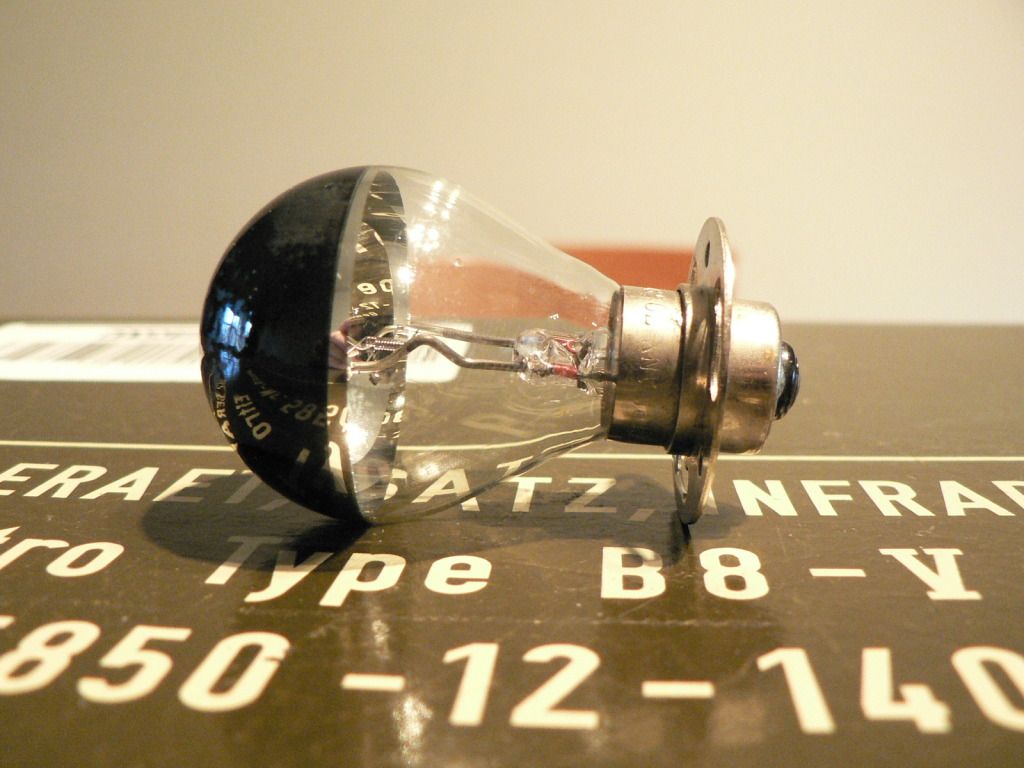
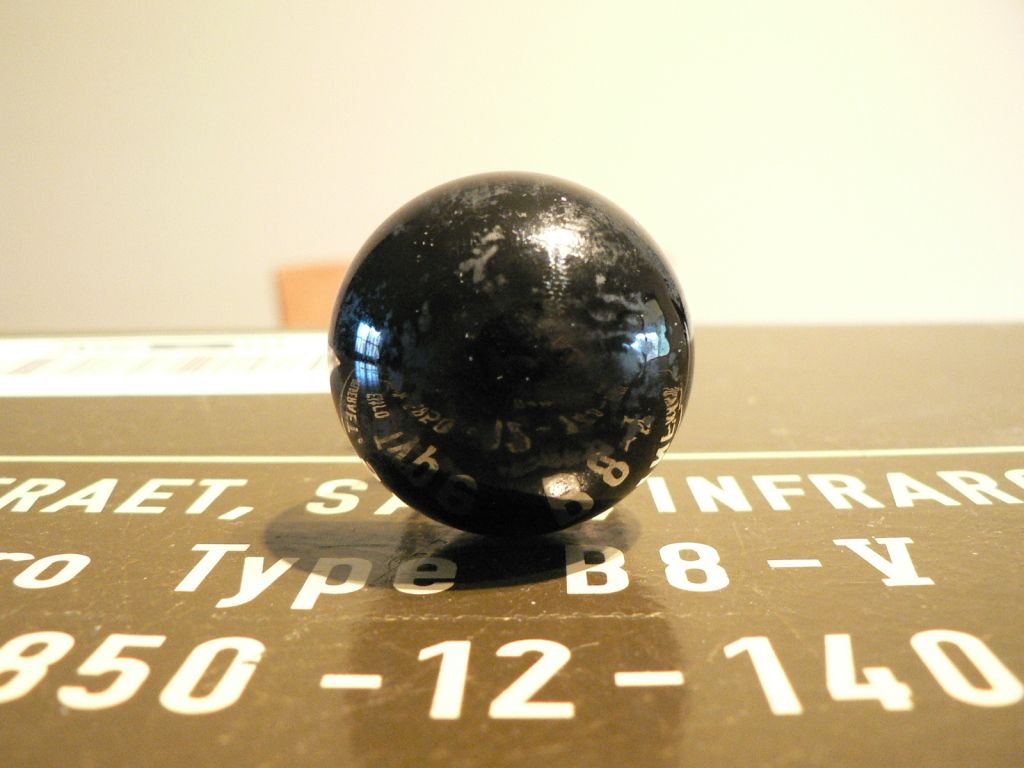
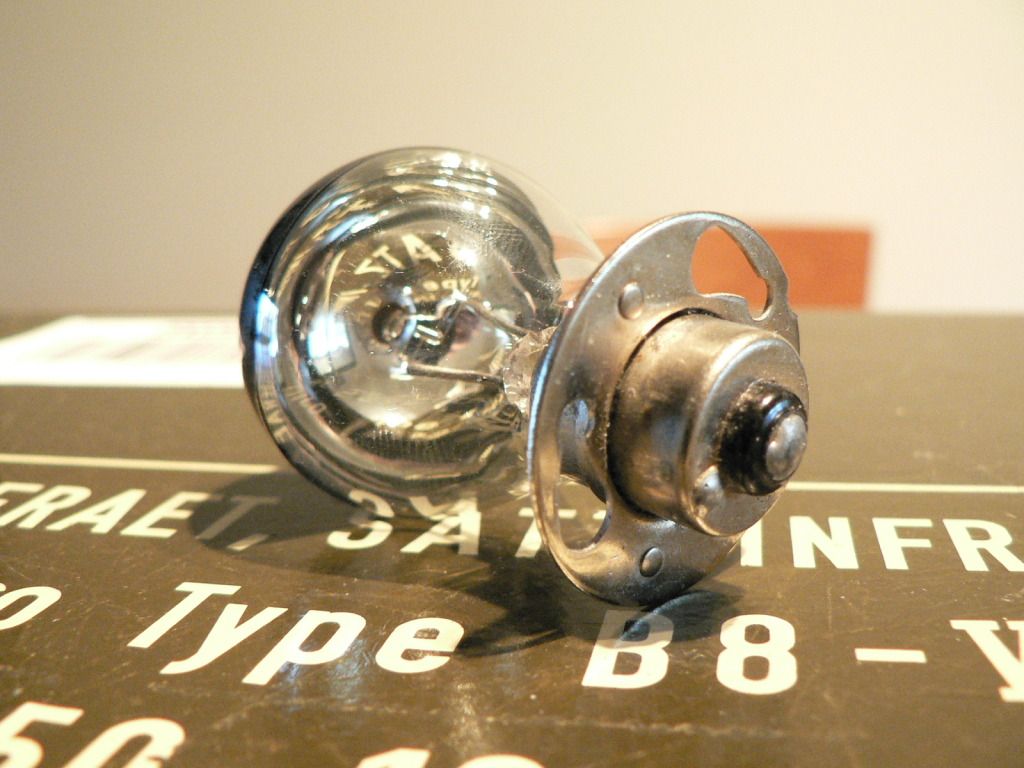

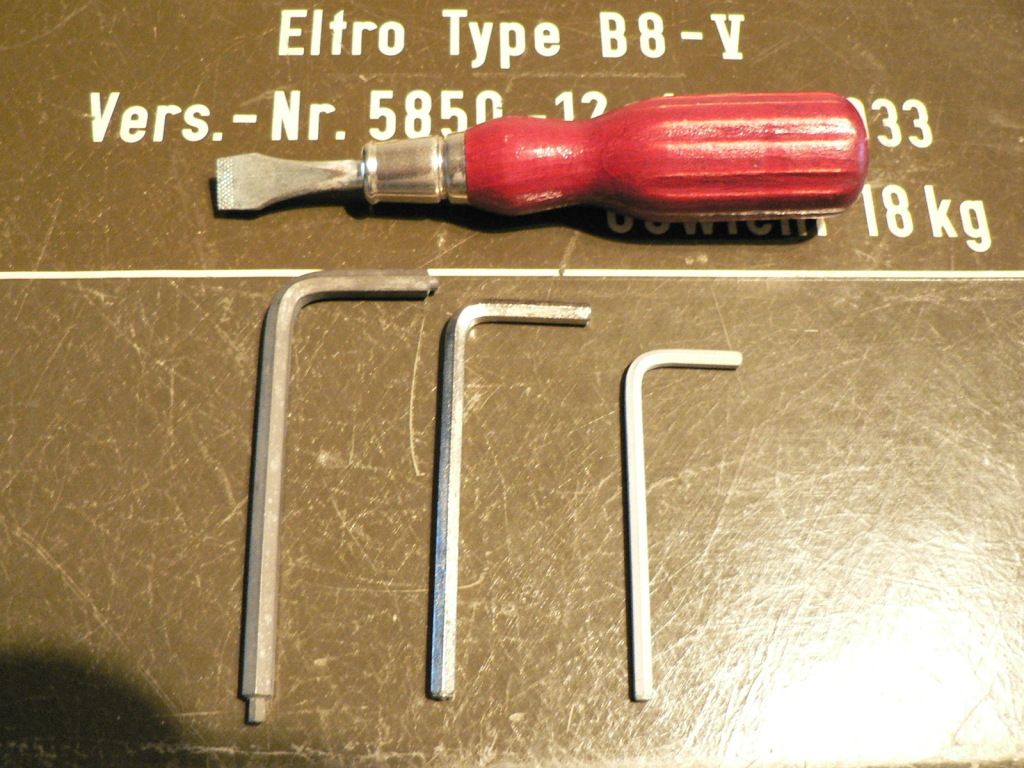
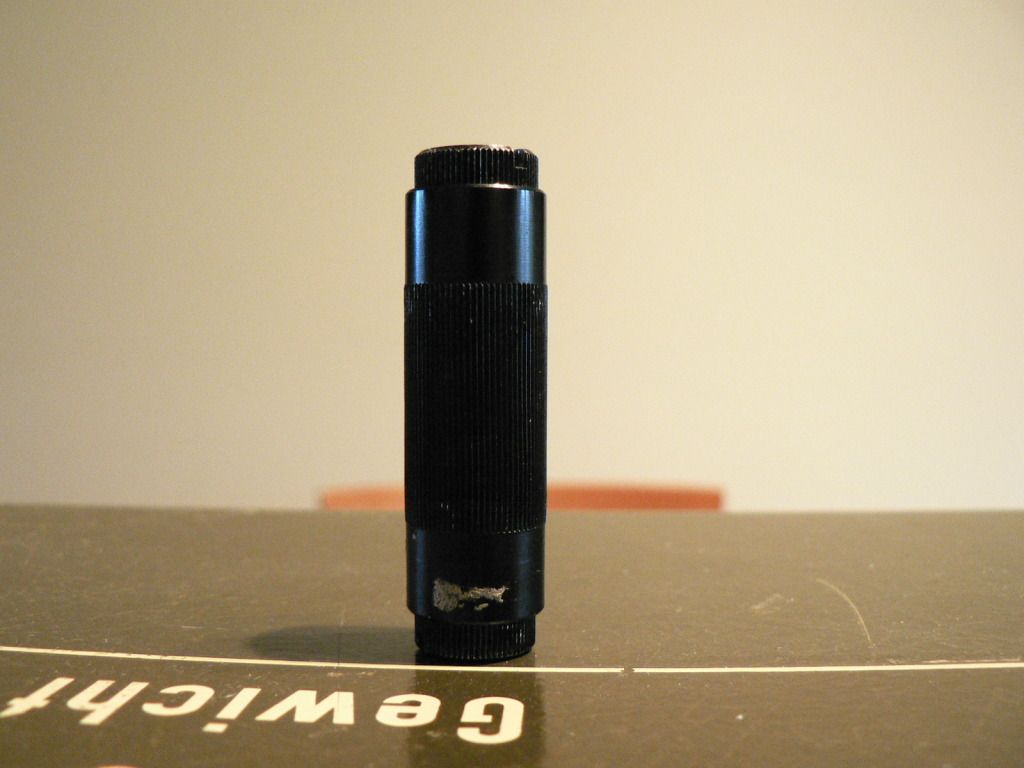
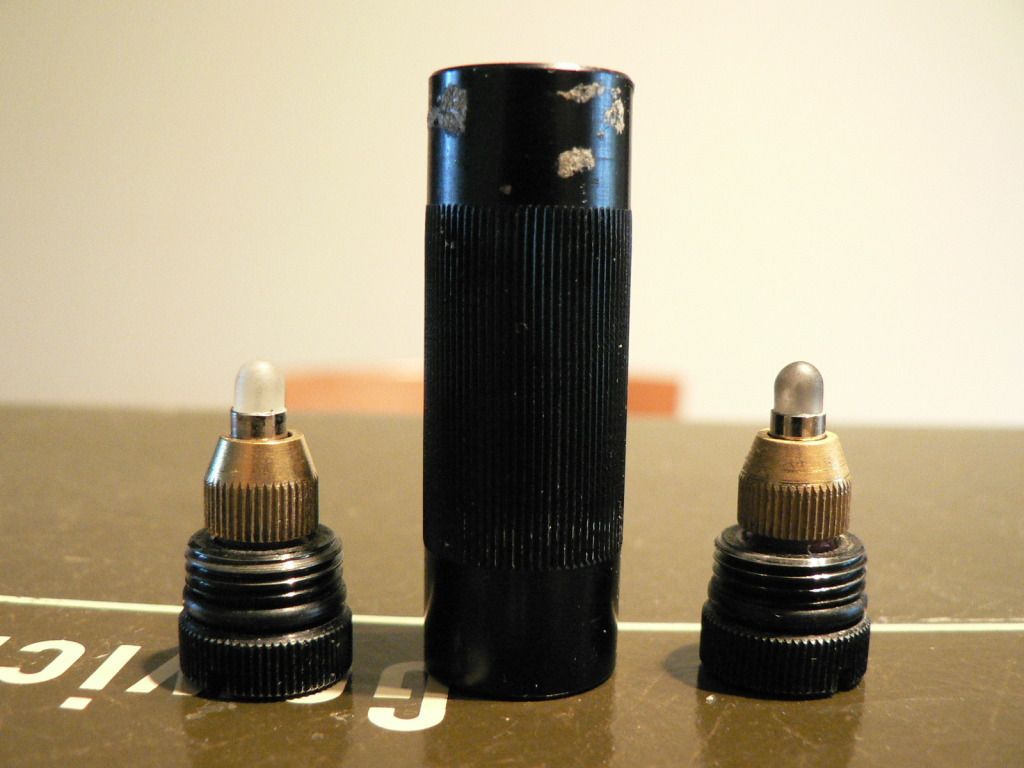
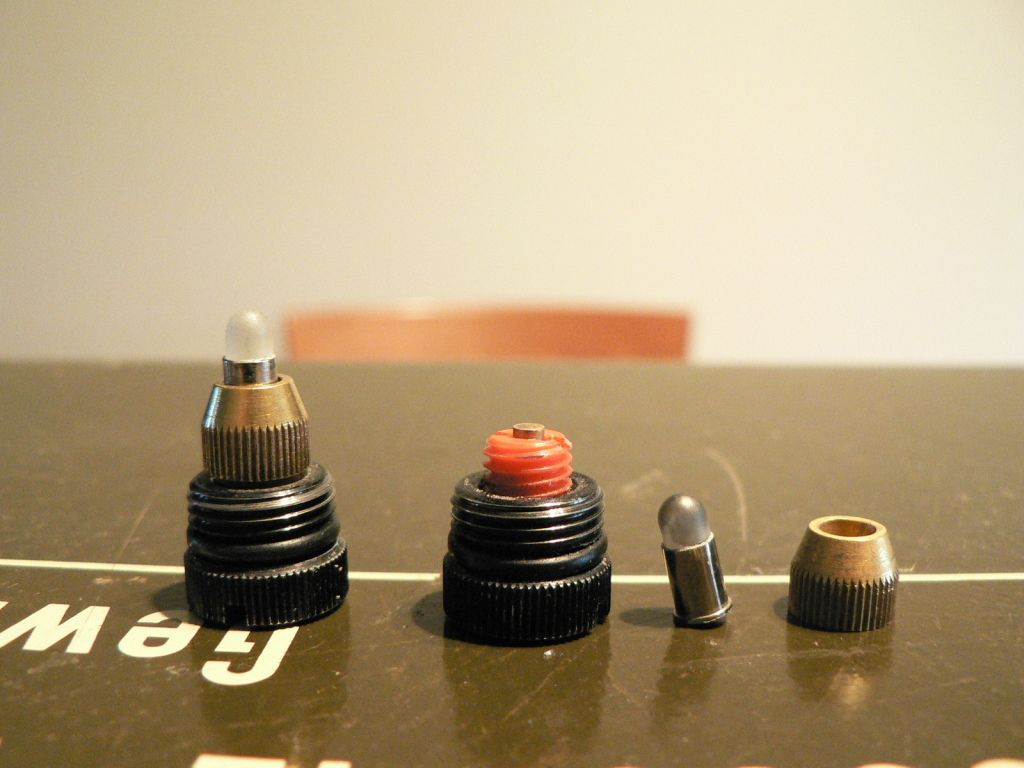
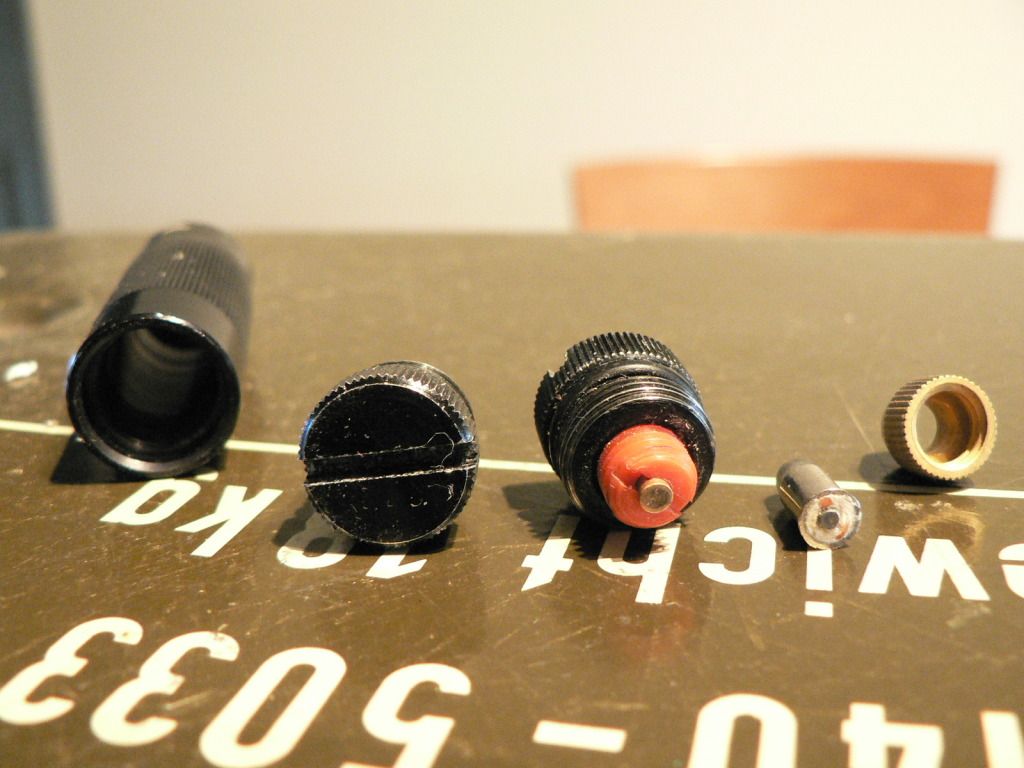
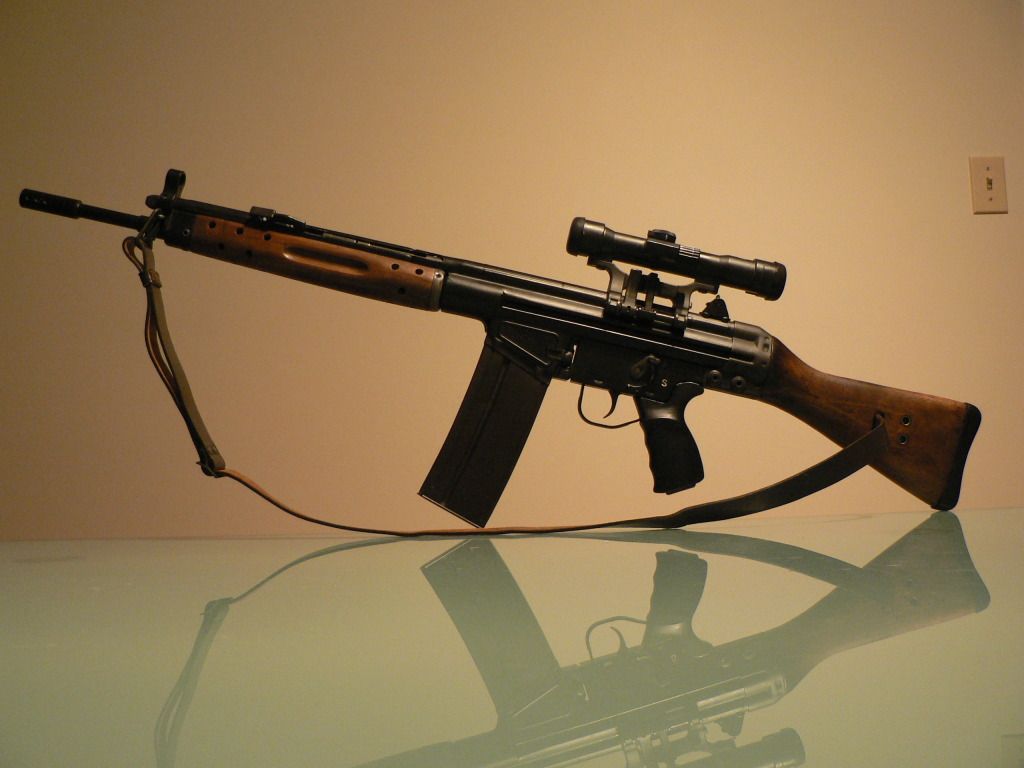
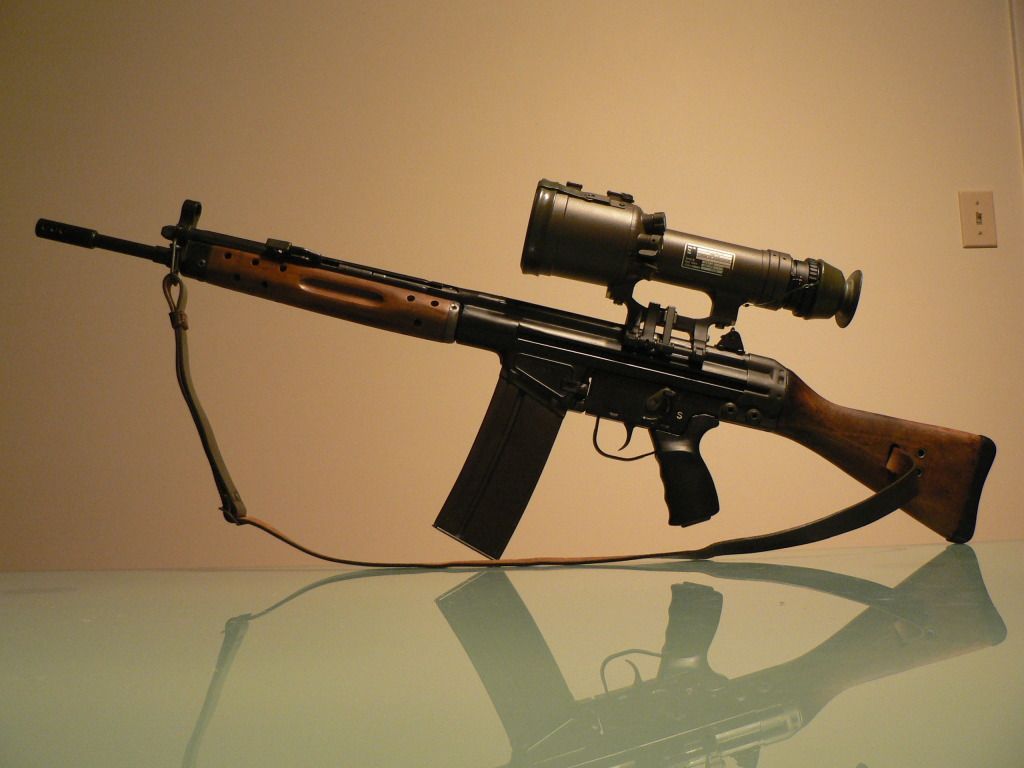

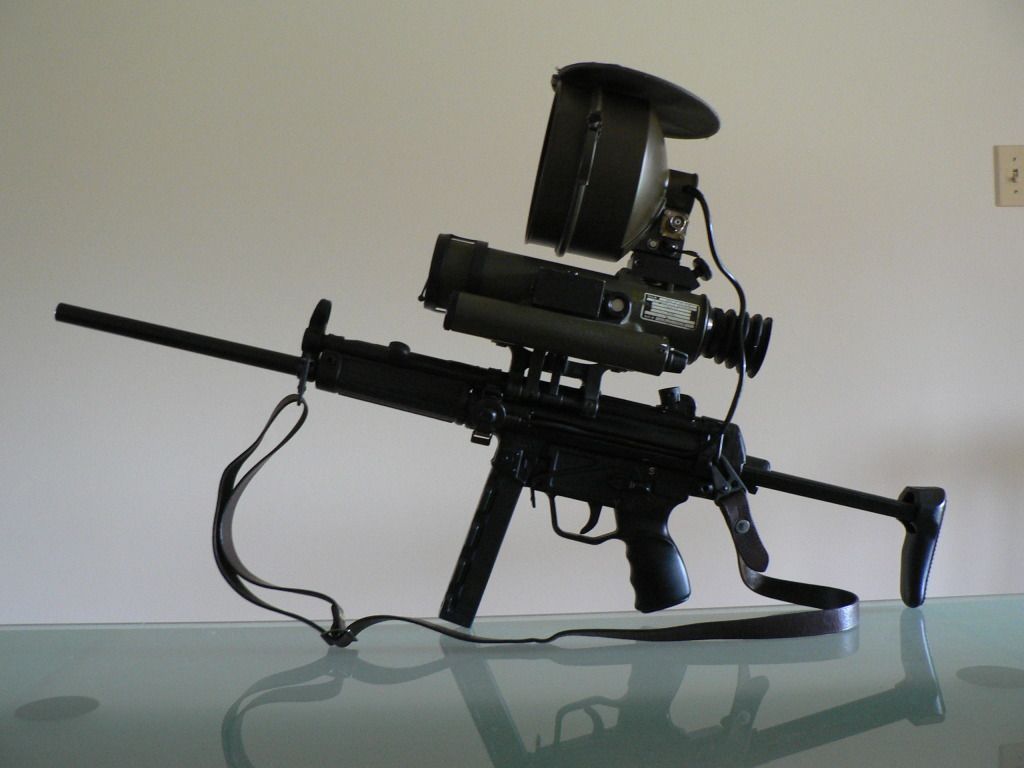
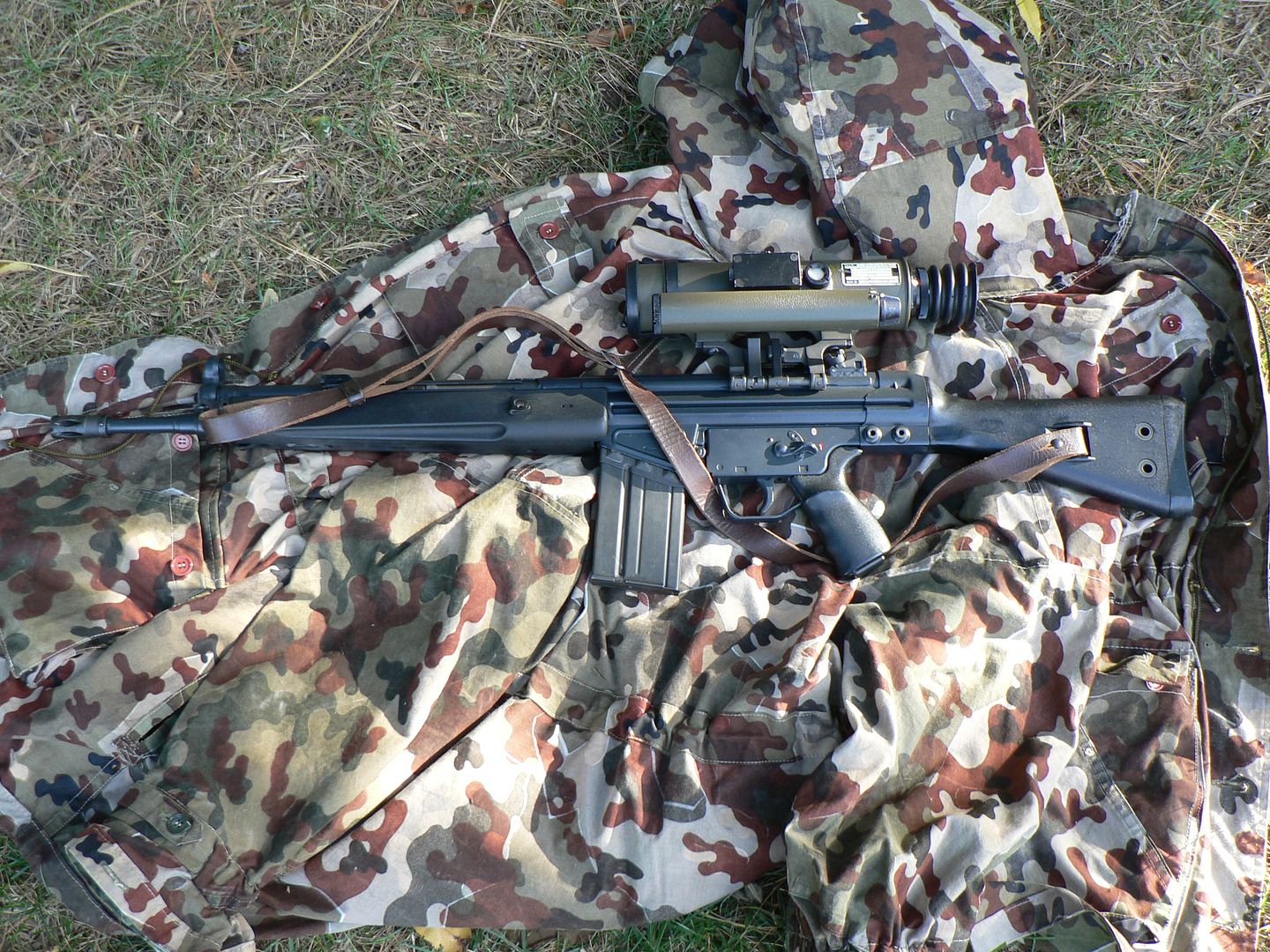
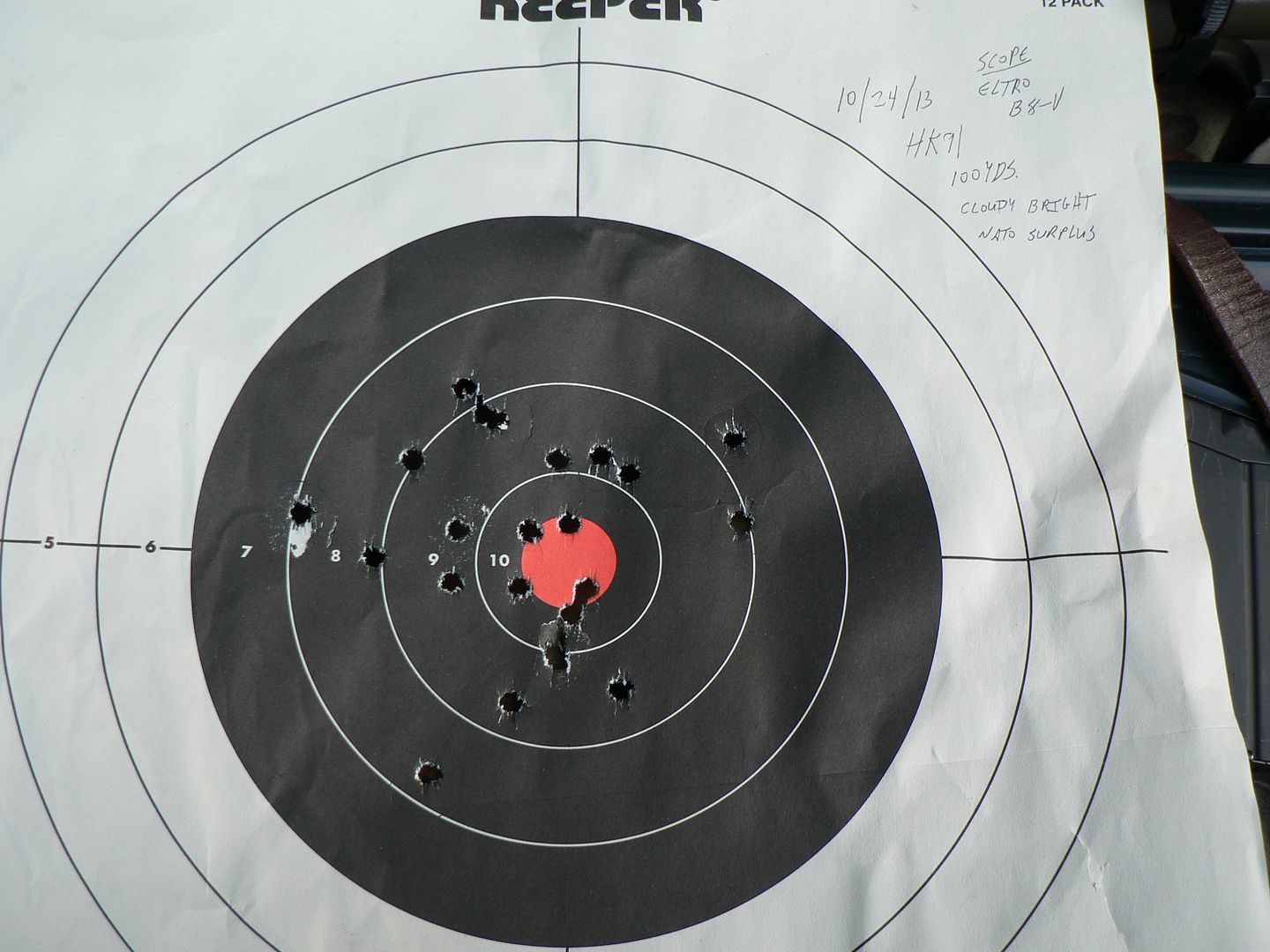
Comment